The Carenado Fokker F50
Introduction
Carenado have recently released a Fokker F50 turboprop aircraft, which I was eager to review. It’s good to see them moving into the realm of regional turbo-prop aircraft, as previously they had primarily created General Aviation (GA) planes- which usually have more simplistic systems.
What I found in reviewing this aircraft was that it fulfills an important aviation role in my X-Plane 11 hanger, being a regional turbo-prop that is well suited to short flights- often that’s all I have time to do. So, let me introduce you to this well-modelled aircraft- but first some back background.
My affinity with the Fokker turbo-prop began many years ago, while living in my native country of New Zealand. At that time the primary (government run) domestic airline was National Airways Corporation (NAC), with international services flown by Tasman Empire Airways Limited (TEAL). NAC was serving my small home town area with a DC3 aircraft (I am dating myself!), and the service provided was from Wellington and Nelson on a daily basis.
However, the closer and larger city, and the one most aligned with my home town area, was Christchurch- but getting to Christchurch meant using a pressurized aircraft due to the Southern Alp mountain range, which required a flight altitude of 14,000 feet. Hence, for this and other reasons related to the aging DC3 fleet, NAC purchased a fleet of Fokker F27 Friendship aircraft. These had two Rolls Royce Dart Mk 532-7 turbo-props that provided a smoother and faster flight with reduced maintenance, and enabled flights at altitudes to permit traversing the mountain range.
My first airline flight was actually on a F27, and I had a window seat next to the undercarriage, and was mesmerized by the sight of the gear folding as it retracted then extended- and due to the high wing I could actually watch the contact of the main undercarriage wheel with the runway- I have included a passenger view in this review of the F50 gear (looks similar) being retracted. NAC went on to get the -500 version of the F27 (the basic fuselage of which is used in the F50, with a forward passenger door and larger square windows), but to my knowledge they never flew the F50. (NAC and TEAL later became “Air New Zealand”).
Like most things in life, “there is a Wikipedia article for that”: “The Fokker 50 was developed during the early 1980s following a decline in the sales of the company’s earlier F27 Friendship. It was decided that the new airliner would be a derivative of its predecessor, sharing much of its airframe and design features, while incorporating new advances and several improvements, such as the adoption of Pratt & Whitney Canada PW127B turboprop engines, in order to produce a successor that had a 30 per cent reduction in fuel consumption over the F27……… During 1997, as a result of the company having entered into liquidation, the final Fokker 50 aircraft was delivered that year. By the end of the program, a total of 213 Fokker 50s had been completed.”
For more information see this Wikipedia link.
The powerplant used for this aircraft is of the PW-100 series.
“Originally called the PT7, the PW100 uses a relatively unusual three-shaft engine configuration. In the PW100, a centrifugal LP impeller (except for the PW150 which uses a 3-stage axial LP compressor), driven by a single stage LP turbine, supercharges a centrifugal HP impeller, driven by a single stage HP turbine. Power is delivered to the offset propeller reduction gearbox via a third shaft, connected to a two-stage free (power) turbine.”
For more information see this Pratt and Whitney PW100 Wikipedia link.
The aircraft has a high wing designed for “high-lift”, allowing for adequate clearance for a large diameter propeller, better lateral stability and enabling the aircraft to operate out of airports without paved runways. The wingtips are raised to reduce vortex energy and drag.
Installation and Documentation
Installing the Fokker F50 is as simple as dragging the folder containing the files into the Aircraft folder in XP11. If you have copied the key, it’s able to be pasted to the registration box when the aircraft is first loaded, requiring you to re-load the aircraft.
The documentation is all within a folder named as such, and includes Normal and Emergency Procedures, an excellent Overhead Panel Layout diagram- essential if you don’t fully know the aircraft- Performance Tables and an X-Plane FMS Manual. I would have liked to see at least a simplistic flight tutorial, as this aircraft is somewhat unique compared to Boeing or Airbus aircraft, both of which share common flight deck philosophy respectively.
As I always do, one of my first tasks after installing an aircraft is to create my own Quick-look views. Similar to other Carenado products, there is a “C” (camera) icon that links preset camera views to the Quick-look functions, so creating your own views will modify those that were provided by Carenado.
Exterior Modelling
As I have usually found with Carenado products, the texturing and visual detail is very well done. Although I have no claim to detailed knowledge of the aircraft as I have never flown it in real flight, I have compared the visual models to photos and have to say that this aircraft is visually modeled very well.
The first shot below is one that I always try to start with- an oblique perspective that shows both the front and side profiles. I have set up these first shots with engines off and “static elements” enabled. Even from this distance the detail on the engine nacelles, pitot/static system, antennas, etc. can be easily seen. I even see the missing window (third from the rear), where the internal baggage area is located. A closer look at those engines- lots of attention to detail, and those big six-bladed props look formidable! I love the undercarriage on this aircraft- it’s visible from the passenger cabin due to the high wing, and those legs sure are long. Engine driven hydraulic pumps pressurize the system to 3,000 psi, which is used to retract and lock the undercarriage.
A look from a different angle at the undercarriage legs shows the locking strut in its horizontal (locked) position. The undercarriage wheels are well modeled, with the grooves in the tires to prevent hydroplaning on wet runways. The hydraulic brake lines are in accordance with photos I have seen.
We now turn our attention to the propellers- the blades have the twists that provide the thrust and are modelled very well, and the hub assembly shows the necessary clearance with the blades to accommodate pitch changes. The passenger door (front left), with the warning placards and handles is realistic.
I used the “Options” icon to open the door, showing several stages of opening and the well-done air stairs that are fitted to the inside of the door. Note the fire extinguisher under the second step, where ground crew can pick it up quickly and easily if ever needed. Finally, the tail assembly.
So now I’ve taken off for some final aerial shots. I have just started gear retraction, which I show over several shots. The penalty for a high wing is that the undercarriage needs long legs, which means they need to be physically robust and have a locking system that can withstand the forces due to their length. Obviously a lot of thought has gone into the design of the undercarriage- both for the F27 and this F50- and while I am not a structural engineer I can attest to the fact that the gear retraction and extension cycles are very realistic.
I love the turning aircraft, showing the top of the wing and both power plants. Further into the turn, we see the flight crew at their stations as well as the profile of the fuselage from the front.
Interior Modelling
The Passenger Cabin
I’m reviewing the internal aspects of the F50 in two sections: Passenger Cabin and Flight Deck. Firstly the passenger cabin.
I have written before about that 6 year old boy that comes out in me from time to time- well he’s back! I’m so excited to be occupying a window seat. While we wait for boarding to finish, I notice two passengers across the aisle from me. Then I see them raise the armrest between the seats- wow! I look at the seat in front of me and decide to bring my tray table down. Those passengers across the aisle see me and do that same, so I raise my center arm rest just like they did.
I’m getting weird looks from the passenger sitting next to me- but the excitement of the upcoming flight has me ready to try something else. I look up and see the air conditioning outlets- I can’t resist moving one of them so that I get more air. I then turn on one overhead light, then the other. The passenger sitting next to me has had enough so presses the flight attendant call button.
I escape the flight attendant’s wrath and make my way forward to the flight attendant station. There are controls for cabin and stair (door). I look back to the passenger cabin then try the cabin lighting- it looks really nice! The “stair” lighting switch provides illumination of the door area and adds back-lighting the FA station. A shot of the food carts and coffee pot, as well as the rear FA jump seat.
OK- a retired guy shouldn’t be thinking like a six-year-old, but it sure sounds like fun! Oh- and the window shades are all individually adjustable as well!
The Flight Deck
The flight deck, much like the passenger cabin and exterior, is very well modelled as far as texturing and visual quality are concerned. Of course, I have nothing to compare the simulated flighty deck with, but most features appear to work.
Previously you will have read where I set up my own views into the “Quick-Look” functions- these replace the views that were previously entered by Carenado in the “C” (camera) menu of the icons. I then show the overhead panel with the battery turned on, and note that even the “Towing” switch and guard work- I assume this disconnects hydraulic power from the nose-wheel.
I then show the overhead panel as it appears after a simple engine start. Ideally, all lights should be “off” if the related systems are in the normal mode, so a quick and easy way to get ready for takeoff is just to click any buttons that have an associated light on. Next a look at the center console, once again as it appears by default after engine start- note the panel lighting controls directly to the rear of the COMM radios, and a zoomed in look at the throttle quadrant.
I now turn all of the panel lights (there are four primary areas that are controlled separately by panel lighting). Two shots show the effect of panel lighting by daytime and night-time. I then reduced the panel lighting on the left panel (captain), but left the first officer panel (to the right) on. I’m also showing the panel lighting as it relates to the center console and the overhead panel. Nicely done!
A nice forward panel shot with engines running, from the left seat perspective. I have also shown the EHSI 2D popup panel with both the “Time To Go” (TTG) enabled from the EFIS panel, as well as the default “Groundspeed” (GSPD). I also show the EADI which by default has Decision Height (DA) and Radar Altitude (RA).
I finally show the 2D aggregated auto-pilot functional panel, which as I wrote elsewhere reflects my own belief in the way our minds act with related information that is physically distributed in different areas, in a real 3D environment.
The autopilot function is best described in this aggregated panel shot, where all element regardless of physical placement are included. The top row of the 2D pop up panel contains the Course 1 and 2 knobs (captain and copilot respectively), as well as that for the heading. The altimeter selector and window are used to set the intended altitude of the next phase of flight.
The auto-pilot on/off switch, and the selection of left or right for “AP Command” is present, and the autopilot functions are displayed as buttons in two rows- the top row controls lateral flight (including heading, Nav, back-course and approach, as well as LNAV from the FMC). The bottom row provides vertical control, allowing the vertical speed to be either directly selected, varied to maintain indicated airspeed, or to capture and lock into the glideslope.
In the center section, pitch is controllable manually through a knob representing the trim wheel. Yaw damper control is switchable, and the EFIS controls are also located here- including the ability to set Decision Height. At the bottom of this aggregated panel are the TRP (which appears to primarily affect propeller pitch for different modes of flight), as well as the range buttons for the EHSI and weather radar controls, among others.
There is also an X-Plane 11 FMC provided, together with the manual in the Documents folder.
Systems
I looked to this website at SmartCockpit to get a perspective on the real aircraft systems. As this site is intended for pilots of the real thing, it contains a lot of detail which is beyond the scope of this model from Carenado. However, for those who wish to learn the aircraft systems, it’s a good- but long! – read.
The autopilot flies the aircraft well. Because there is no auto throttle, it’s essential to keep ahead of the aircraft when setting power on the engines. There is the ability to install the GTN-750 into the aircraft instead of the X-Plane FMC- I would imagine that the FMC is more realistic (even though it is a generic X-Plane 11 model).
There is also provision to download the librain plugin for the aircraft to enable rain and water modelling. Unfortunately, neither the GTN nor the librain plugin work well with a Mac, at least that is how it is currently.
One issue I found is the yoke and steering tiller. Both can be locked by a lever close to the captain’s left armrest. When locked, the yoke or the tiller controls will not move in responses to input from a yoke or rudder pedals respectively- and I’m sure that is correct. However, if you apply input from your yoke or rudder pedals the control surfaces still move. This is not a major issue, as for most of the time we would have the control lock disabled.
As mentioned above, the powerplants have a free turbine that drives the propeller. This is different from some other designs where the propeller is fitted directly to the compressor shaft, and allows for the engine to have optimal RPM for the various compressor / turbine stages rather than needing to compromise. I have only flown in an F50 once (on Ansett Airlines in Australia), and if I recall correctly the propeller only begins turning once the engine is lit.
I see where Carenado have attempted to configure the powerplant with a free propeller shaft, but I think that the engine startup / propeller engagement is a bit too fast. Still, this is inconsequential once the aircraft is powered up and ready for flight.
Sounds
The FMOD system in this model works very well at providing a sound that is specific to the position of the listener. The engine and propeller sounds are amazing, truly realistic. The flap and gear sounds appear to be X-Plane 11 files, and lacking is the wind noise that is introduced when landing gear is lowered into the slipstream at speed.
This is one aspect of the F27 (and I expect, the F50 also) as the undercarriage legs are right next to the passenger window, and the wheels do not have a wing that masks the sound made by the slipstream. I would have liked to have heard avionics fans and the sound of the packs (the latter in both the flight deck and the passenger cabin). Still, these aspects are well overcome by the engine / propeller noise, as mentioned above.
The external sounds (where packs, avionics fans and slipstream noise are not a factor) is very well done. Overall, the sounds are immersive.
Framerates
My framerates were very good. I have a late-2017 iMac, and although it comes with a GPU that sports 8GB of VRAM and has 32GB of system RAM, it is showing its age! I get high 20’s at airports that have lots of detail, high 30’s when flying, and the simulation is very smooth. I have include a screenshot of my graphics tab.
Setup to the Flight
It’s winter time, and in Colorado it’s “snow time”. Residents of Denver and the surrounding cities (collectively called the “Front Range”) count down the days through the work week, waiting for the weekend and “the slopes” (the ski runs in the mountains). But there’s only one problem- the Front Range (where the majority of Coloradans call home) is on the eastern side of the Rocky Mountains, and most of the snow falls on the western slopes.
So, with a few exceptions, most of the ski runs are on the western side of the Rockies. And why is this a problem? It’s simple- there are only a few roads that cross the Rockies, and the biggest (a freeway) comes directly out of Denver and connects with most of the ski runs to the west- it’s called “Interstate 70”, or simply “I-70”.
If the weather is good, what would be usually a one-hour drive becomes more than double that time, to get to the slopes on Saturday morning and back to Denver on Sunday night. If the weather is bad, then double that again. The highway can’t be widened due to the mountainous terrain, but the population of the Front Range cities grows every year. The drive is a nightmare! “Colorado’s population has increased 53 percent since 1990, while lane miles on the state’s highway system have only increased 2 percent, officials said”- quoted from this linked article which further explains the transportation issue via this link.
Some have resolved this issue by “hanging up their skis’. Others take a “sick day” during the week and go skiing. Some people see a problem as an opportunity- such as a fictional local pilot and aviation enthusiast who has set up a Part 135 charter (on-demand) airline between the Denver airport (KDEN, a Class Bravo facility and major airport) and the Eagle County airport (KEGE, a Class Delta facility).
KEGE is closest to the Vail ski area, but also within driving distance to the Aspen, Breckinridge (“Breck”) and other ski slopes, including that at the infamous Arapahoe Basin (“A-Basin”) area. This airline uses a Fokker F50 turbo-prop, an aircraft that previously saw service in Australia for Ansett Airlines, among others, and was given a complete overhaul before being put back into service in this on-demand service.
The Flight
It’s 7AM on a cold winter’s morning at the Denver International airport (KDEN). I park my car in the lot near the Signature Flight Service building, where our flight plan will have been filed by one of the dispatchers. I’m looking forward to seeing my copilot Brenda, the two flight attendants Nancy and John, and sitting with the dispatcher along with Brenda to be briefed for the flight.
Everywhere around me are cars with “skiers” and “boarders”, and everyone is ready to “hit the slopes”! It’s a perfect day, both here in Denver and over the other side of the Rockies at Eagle County airport (KEGE). I turn to look at the mountains in the distance to the west, knowing the shortly I will be in command of the F50 aircraft that will be crossing that mountain threshold, and responsible for all these energetic passengers who are only thinking of how fast they can get to the lifts and get up the mountains to ski or snowboard.
As I walk into the dispatch room I wonder who I will be shortly talking to in the Tower and Denver Departures. Some quick shots from the Tower as this huge airport wakes up on a Saturday morning- first the mountains to the west, and to the east with the sun just peeping out over the horizon. In the foreground can be seen United Airlines at Terminal B.
As I sit down with the briefer, I see our F50 outside, cold and dark. By the time we are finished with the flight plan, zero fuel weight, maintenance records, fuel requirements to meet our alternate and still have at least a 45-minute reserve remaining, and our EFB’s configured correctly with charts, etc., it’s 7:20AM.
As I leave the briefer I look outside again and see that the ground crew have connected the GPU, and the left forward and rear passenger doors are open for boarding. The aircraft still has to be powered up. I can imagine the snow skis and boards being loaded on the right side of the aircraft. The passengers have formed a line, most with a cup of coffee, and are anxious to board the aircraft and get to the snow!!
So, I’m finally on the flight deck. Brenda has performed the walk around; she would have normally got power on the airplane by now but I requested that I be present so that I can take photos. For this review I am using the checklist included in the “Documentation” folder, as I have no real experience in this aircraft to know otherwise how the start and fly it.
It’s important to know the difference between a real “checklist” and a “flow list”- the check list is supposed to check that certain operations have been done successfully prior to entering the next phase of flight, and does not usually include all of the operations that would be included in a “flow list”. I must also confess that I don’t have a US modeled aircraft for this flight, as there never were any F50 aircraft used in the US. So, we are ignoring the “VH” (Australia) registration code on the aircraft and pretending that it is an “N”. The beauty of simulation!
Here I am looking back to the Signature flight service center, and a line of excited “skiers” and “boarders” await the flight attendants to commence boarding. It’s cold outside, after all it is winter- but that doesn’t stop them! I turn the battery to “on”, and quickly make sure that the sight picture of the overhead is as expected- after all I have seen it hundreds of times before.
I like the way that Fokker do the overhead, in that if an indicator light is off then the function associated with that light is “normal” (usually “on”). So, the presence of an indicator light is an indication that the status is not correct for the related function. It’s a tidy and well-designed overhead that has similar functions grouped by position (please refer to the Overhead Panel Layout diagram in the documentation).
I then set the date on the Flight Data Recorder (December 18, 2019), after which I turn on the external power and go to the pressurization panel and set the landing altitude of KEGE (6,540 feet MSL). I have also switched the Charger Power switches to “on”. I progressively work through the overhead switching functions as referred to in the included check-list.
I tune the VHF radio to Clearance Delivery at KDEN, and have the Ground frequency in standby. Our flight plan is KDEN-ROCKIES4.RLG-KEGE. The KDEN Departure Procedure (DP) that we are using today is the ROCKIES4. It’s interesting that this is one of the few DP’s for a westerly departure that uses terrestrial navigation; there are many more that could be used but they are all RNAV- and all of them are for “Turbojet Aircraft Only”.
The DP we will fly uses the DEN VOR, with an initial track on the 278-degree radial, so I set up the frequency of 117.9 and the 278 course on the Nav Control panel. Note that by rotating the switch to “RAD” (for “radial”), the standby frequency window changes to accept the radial data. Note also that the yoke is showing, and that it masks (from this viewing position) the altimeter, the PFD and likely other important instruments.
The next screenshot in this sequence shows that I have expanded the 2D window for the EHSI and hidden the yoke. The EHSI includes the heading indicator at 270 degrees (our expected initial heading from Tower).
Some may believe that hiding the yoke is unrealistic. In a true three-dimensional environment, although the yoke is still in the way of important instruments, the brain is able to ignore that the yoke is there at all by using a process known as selective filtering, in a portion of the brain called the thalamus. Such is the power of our brains.
Unfortunately, even though the cockpit view is termed “3D”, it’s really only 2D, in that if anything is masked by the yoke it is not drawn by the simulation at all, so I can’t use selective filtering. I know this is up to personal taste, but I am a believer in eliminating (hiding) the yoke and it allows me to access the same background information as I could in real flight with the yoke present.
Without going through the complete startup procedure, I’m now showing you that I cannot ignore the beauty of an aircraft taking off on an adjacent runway- the magic of World Traffic 3 is seen here with an aircraft rotating for takeoff, and another taxing to the gate. Note that the sky is lighter as the sun is coming up, but the airport lighting is still on.
We have entered our route of flight into the FMC, after accepting our clearance (“…. Cleared to the Eagle County airport via the Rocky four departure, Kremmling VOR (RLG), climb and maintain 7,400, expect 16,000 feet 10 minutes after departure, Squawk….”). Note that no Departure frequency is provided in the clearance. It’s on the DP and we are legally required to have a copy of the procedure with us. We make a final check of the instruments before engine start, paying attention to the speed placard and the Central Annunciator Panel- which indicates that the passenger doors are still open.
Our comm radios are now tuned to Ground and with Tower in standby. We show the open left forward door and stairs from the Flight Attendant’s perspective and she gets ready to close it. Similarly, she can see that our flight deck door is also still open.
There is a door switch included with the flight attendant panel that works to retract the stairs and close the passenger door. To close the flight deck door, we need to click on the handle, which is to the right as the door opens to a full 180 degrees.
We start the engines, which is as simple as selecting the relevant engine to “start” on the overhead, waiting until 20% of NH (the high-pressure compressor), and moving the fuel control to “Start”, then to “Open” once the NH gauge is shown in the green band. We receive our taxi clearance “…Cleared to runway 17 Right via Lima 1, Mike, Mike 10”. We look to the right to check clearance from the parked Cessna.
A great passenger view of a landing Southwest Airlines B737 seen behind of the prop. As we taxi along Mike to the north we look to the left and note that this giant airport is largely still asleep, the unique terminal building roof looking brilliant from the rising sun. We have been asked by Ground to monitor Tower, and our next instruction is “Hold Short runway 17 Right”. (The cargo, general aviation and flight service operations at KDEN all connect to taxiway Mike, which is the parallel taxiway to 17 R / 35L; therefore, ATC attempts to have us use that runway if operationally available).
We approach Mike 10. Tower tells us “…Line up and Wait, 17 Right”. We taxi out onto 17 Right and line up. We next hear from Tower “Wind 050 at 10, cleared for take-off runway 17 Right, heading 270, climb and maintain 7,400”. We expected an immediate turn to the west to avoid encroaching on Buckley Air Force base to the south- that would not be pretty!
We know that before turning from runway heading, we need three things to happen: 1. We need to be at least at 400 feet above the runway; 2. We must be at the departure end of the runway (unless otherwise requested by ATC); and 3. We must have our landing gear retracted.
We show a nice passenger view of the gear as we are rotating for takeoff, then sequentially the gear retracting to the rear.
We are now turning to a heading of 270 and have switched our radio to West Departures on 126.1, as just requested by Tower. Departures identifies us “…Radar Contact, Climb and Maintain one-six sixteen thousand”. I now show the aggregated autopilot montage, achieve by selecting the “A” icon (as is usual with Carenado products, there is a set of icons- A, C and A, they select options for the aircraft, views that are tied to the Quick Look functions of XP11, and this view of the autopilot, and the icons may be dimmed by hovering with the mouse and moving the mouse wheel).
I have selected the autopilot to “on”, with heading being the lateral navigation and IAS hold being the vertical navigation. Note that I had to first select “ASEL” to arm the autopilot capture at the selected altitude, in this case 16,000 feet as just cleared by Departures. we retract flaps and look at the Rocky Mountains in the distance. I now select CLB on the TRP, and note the reduction is prop speed as the propeller pitch is being changed. Departures is back with us “…. Direct ZIMMR”, so we used the FMC to achieve this.
We’re finally at our cruise altitude of 16,000 feet (recall that in the US, the Transition Altitude is 18,000 feet). The mountains are getting closer! A look from a view I set up the left passenger area showing the engine nacelle outside, and showing where the Great Plains end on their western edge and the foothills to the Rocky Mountains begins. We now have our TRP set to CRZ, and on autopilot, with our cruise altitude captured. Those mountains are starting to look very close out of our front view!
Some external shots of our aircraft, also highlighting the mountains beneath us and further to the west, and the Great Plains behind us- which stretch to almost 1,000 miles (1,600 km) to the east. The passenger view that I set up to the right side gets a great view of the big mountains to the north. I’m now showing the EHSI 2D panel and the aggregated auto-pilot panel, our next waypoint (RLG, Meeker VOR) is shown in red, and is also feeder to the Initial Approach Fix (IAF) for our approach to KEGE.
I am a firm believer that the same part of our brain the filters out stuff (so we focus on the important matter) can also aggregate images that are in different locations but have a related function. It’s because of this that I have always believed that having an aggregated autopilot panel such as this is enabling me to see just as my brain would assemble these parts of the autopilot in my mind, and create a virtual image similar to this 2D pop up.
Some may argue that muscle memory depends on things being where they should be, and I would agree if we were moving our eyes and hands around us as in the real aircraft. What we do in simulation is the opposite, moving what is around us so that it is visible on a flat 2D screen in a fixed location.
Some more external screenshots showing the graceful lines of this aircraft. Note the raised wingtips that reduce drag. This first external shot is taken when the aircraft is west of the mountain peaks, with the Great Plains receding into the distance to the east. We have by now been switched to Denver Center, as even though Denver Departures (and Approach) control airspace up to flight level 210 (approximately, it changes due to traffic demands), we are now beyond the lateral limits of the airspace.
The next screenshot shows Lake Granby, close to the headwaters of the Colorado river (which eventually flows through the Grand Canyon in Arizona, which it created). This is looking in a northerly direction, we are still headed west on the Rockies Four departure. Denver Center has meanwhile descended us to 14,000, I used the autopilot in the vertical speed mode – once again we need to be vigilant that we engage the ASEL mode to arm the desired altitude, otherwise the autopilot will ignore what is in the ALT window and keep us descending- this is not the type of country that you want to be below a safe altitude in.
The next shot shows us looking forward to the town and airport of Kremmling, Colorado, and where the RLG VOR is located that is both the termination of the Rockies Four departure and the feeder to the Initial Approach Fix (IAF) for KEGE. The Kremmling airport (20V) runway lights can be seen in the distance. We have tuned our NAV 1 receiver to 113.8 MHz, the RLG frequency, to maintain situation awareness, and we also show a view looking left (south) from the aircraft with one of the many mountain lakes in this area.
Of course, in winter time, most of this terrain would be covered with snow, particularly the mountain peaks- after all, that is why so many people want to get up to this area for the weekend. I now turn on the ignition switches on the overhead panel, to prevent a flameout when we reduce torque in our descent. The EHSI shows we are 2 nm from RLG. Things are about to get very interesting!
Our KEGE approach would definitely belong in the category “difficult approaches”. The active runway (we got that from ATIS) is 25. We were told directly after contacting Denver Center to expect the “LDA 25 approach”.
We had already briefed this prior to our departure from Denver, but we now repeat that briefing, just to be sure. A link to the SkyVector site where the chart can be found via this link. The link is to a Terminal Procedures chart which is published by the US governments and FAA, and is freely available from many sources. I cannot link to the Jeppesen and/or Navigraph charts for obvious copyright reasons.
Looking at the chart, we see that the feeder link from RLG (on the 184 radial) has several step-down fixes. At the intersection of this radial to the LDA (at AQULA) we need to be at 12,900 feet. This is important as the approach to the runway has an angle of 3.8 degrees, greater than the preferred 3 degrees. In order to arrive at the runway threshold for landing, we don’t want any excessive energy in the form of speed and/or altitude, so we plan to control both speed and altitude accordingly. And what is this “LDA” thing?
There are not many of these in the US, it stands for “Localizer type Direction Aid”. Wikipedia tells us that “A localizer type directional aid (LDA) is a type of localizer-based instrument approach to an airport. It is used in places where, due to terrain and other factors, the localizer antenna array is not aligned with the runway it serves. In these cases, the localizer antenna array may be offset (i.e. pointed or aimed) in such a way that the approach course it projects no longer lies along the extended runway centerline.” For more information see this Wikipedia link.
The combination of both the LDA, the non-standard approach angle and the mountainous terrain dictate that flight crews must be first certified by the airline to fly this approach, and approaches are usually done in daytime only. There is a lot going on here!
We make the turn at the RLG VOR and start descending to the altitude restrictions for each leg, while keeping our speed to as low and safe as possible.
The passenger view on the right side can just make out the KEGE runway lighting in the distance. Another turn to the right to intercept the LDA / Final Approach Course. To keep speed to a minimum and add drag we lower the gear as we enter the 3.8-degree slope. You can see the Interstate 70 freeway below us as the gear is descending- but where are all the cars heading to the slopes?
Well, with a few exceptions, we have overflown the ski areas as KEGE is further west than most of them in on the “I70 corridor”. The only major ski area that is still further west (and south) of us is Aspen. There will be many ski resort buses meeting the incoming flights to KEGE today, that will then head back east to the slopes.
As we head towards the runway, I engage the LDA approach. This LDA, unlike most, has a glide-slope. You can see the displacement in heading of the runway to our LDA course. An external shot as we get ready to lower flaps, and another shot of the runway getting closer and that offset angle starting to look greater. We note again the placarded speeds for the approach, and then we take manual control and begin aligning ourselves with the runway.
The landing is looking good. One thing to note on this approach- the PAPI lights are aligned with a 3-degree glide path, so we will always appear to be high until we get close in to the threshold.
It’s important that we use the glideslope for vertical guidance and not the PAPI. Also note the displaced threshold, indicated by the arrows in the first part of the runway. We cannot land on the displaced threshold, but can taxi on it or include it in our take-off roll. Finally- touchdown, a lot of clapping and yelling coming from the passenger cabin- I think they are ready to ski as I brake the aircraft.
As we exit the runway at Alpha 4, a quick glance to our left and we can see the mountainous terrain that makes this approach difficult- both in avoiding obstacles by way of an increased glide path angle, and the up and down drafts that the mountains induce, which can be tough to handle. Taxing to the gate on Taxiway Alpha, lining up with the gate, and engines off- welcome to Eagle County!
Comments on Free Flight
The flight I wrote about above includes information about a fictitious charter airline, along with its operations and some brief descriptions of the route to be flown along with ATC. Just to get a feel of how stable the aircraft is, I now simplistically loaded the F50 with engines running, on a runway, and took off in manual flight.
I got to my intended altitude, trimmed the aircraft while simultaneously adjusting power so I obtained a stable “straight and level” flight. What I like to do is look at the stability of the flight model. This is simply that an aircraft (excluding some high-performance military planes) should have good longitudinal stability, and should always seek the indicated airspeed (IAS) that it is trimmed for without the need for the pilot to take any corrective action with the flight controls.
Similarly, for a high wing aircraft such as this, the aircraft should exhibit lateral stability by means of the dihedral angle of the wing and the counter-balancing effect of the fuselage. I disconnect my flight controls when testing this so that only the flight surfaces of the aircraft come into play.
This aircraft displayed enough lag in its longitudinal stability to take some considerable time to re-stabilize, however it did achieve stable flight if left to recover. I have never flown one of these aircraft, and recognize that it would be different to the much smaller Cessna 172 that I do have direct experience in flying. The fact that it was able to achieve stable flight is reassuring.
I also noted on landing that the speed bleeds away very quickly in the flare, making for some hard landings if not anticipated. I found that some additional power was able to counteract the hard landings.
Summary
As mentioned before, the textures- both internal and external- are very well done. I believe I place disproportionate emphasis on good sound, as I consider it to be one of the primary ways to in creating emersion. It would have been nice to have air conditioning and gear slipstream sounds- particularly in the passenger cabin- however the engine sounds are very well done with good variations when moving around the aircraft.
All the flight deck and cabin functions as well as the gear animations are very good. The aircraft is a joy to fly, and is stable in flight so that those who would rather fly the aircraft without the auto-pilot will enjoy doing so. Carenado have incorporated a functional passenger cabin, including moving arm rests, tray tables as well as working lighting. I would recommend this aircraft as being ideal for short-haul regional operations. It’s a fun aircraft to fly!
As of this writing, the product has been updated to version 1.1 and has a retail price of 39.95 USD. More information can be found at the X-Plane Store page.
Feel free to contact me if you’ve got additional questions related to this impression. You can reach me via email Angelique.van.Campen@gmail.com or to Angelique@X-Plained.com.
With Greetings,
Bruce Knight
| Add-on: | Payware Carenado Fokker F50 |
|---|---|
| Publisher | Developer: | X-Plane.Org | Aerosoft | Carenado |
| Description: | Realistic rendition of the Fokker F50 |
| Software Source / Size: | Download / Approximately 961MB (unzipped) |
| Reviewed by: | Bruce Knight |
| Published: | November 11th 2019 |
| Hardware specifications: | - iMac late 2017 - Intel i7 4.2 GHz - AMD Radeon Pro 580 8192 MB - 32GB 2400 MHz RAM |
| Software specifications: | - Mojave (10.14.5) - X-Plane 11.40 |






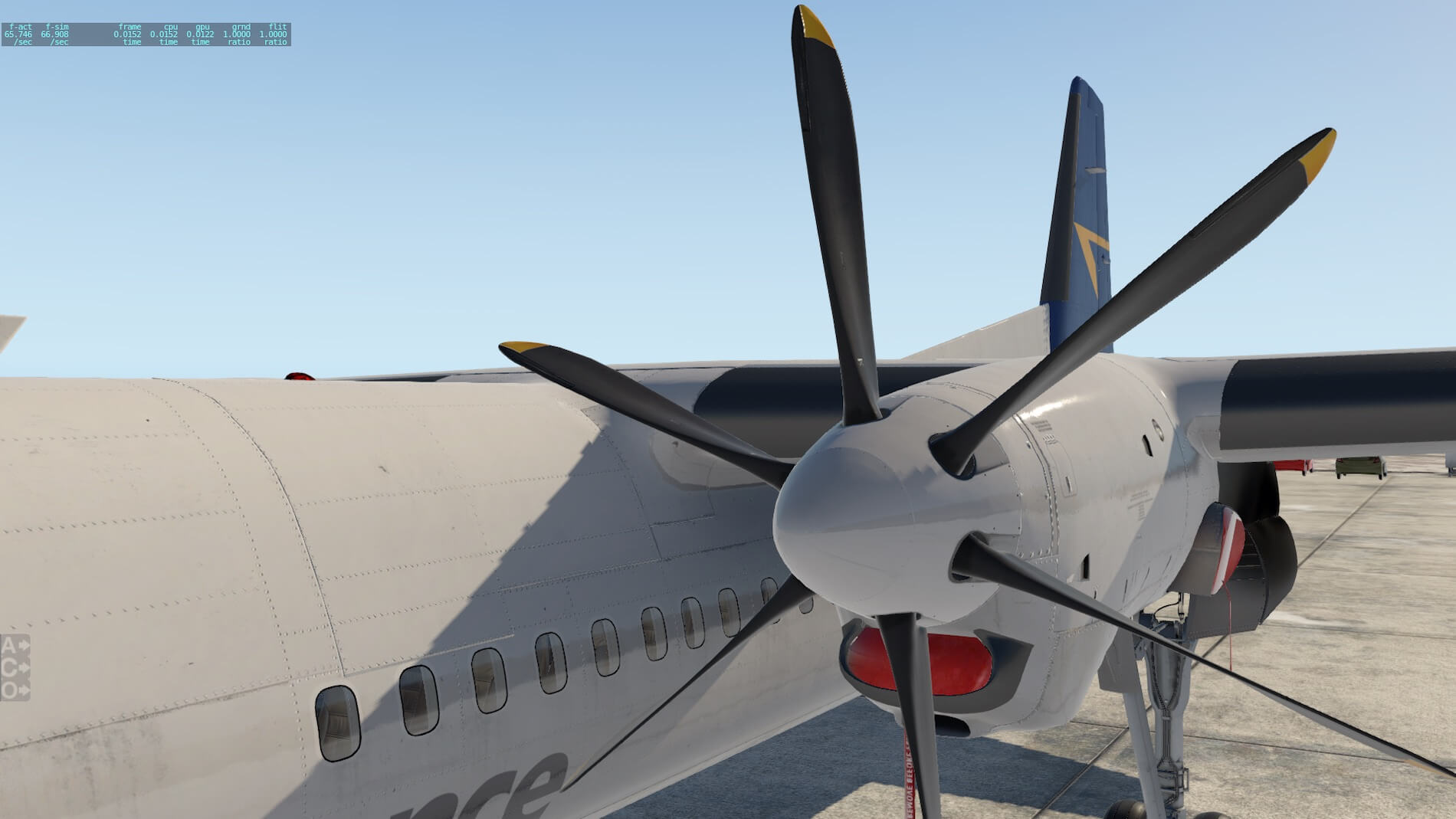
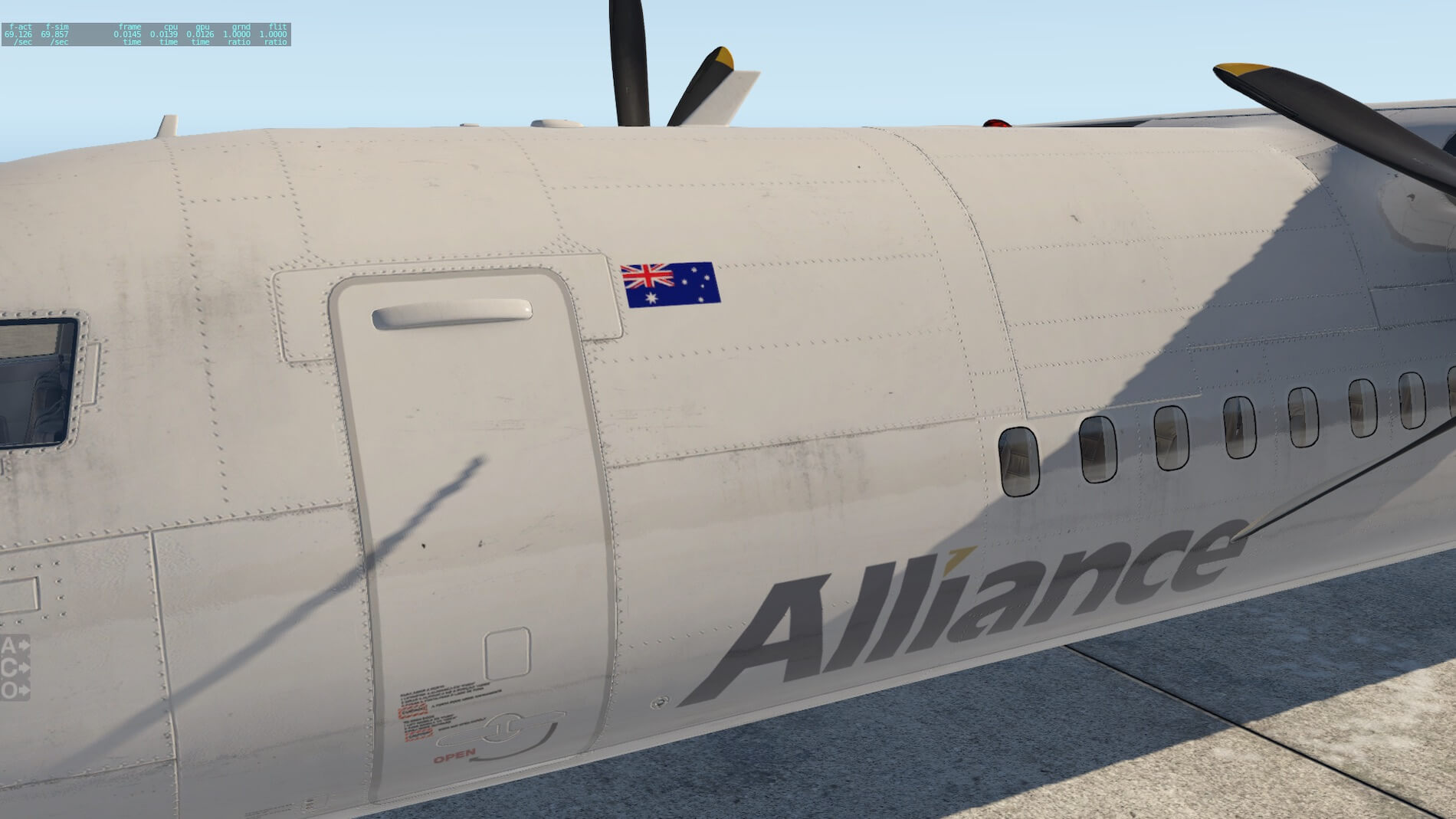
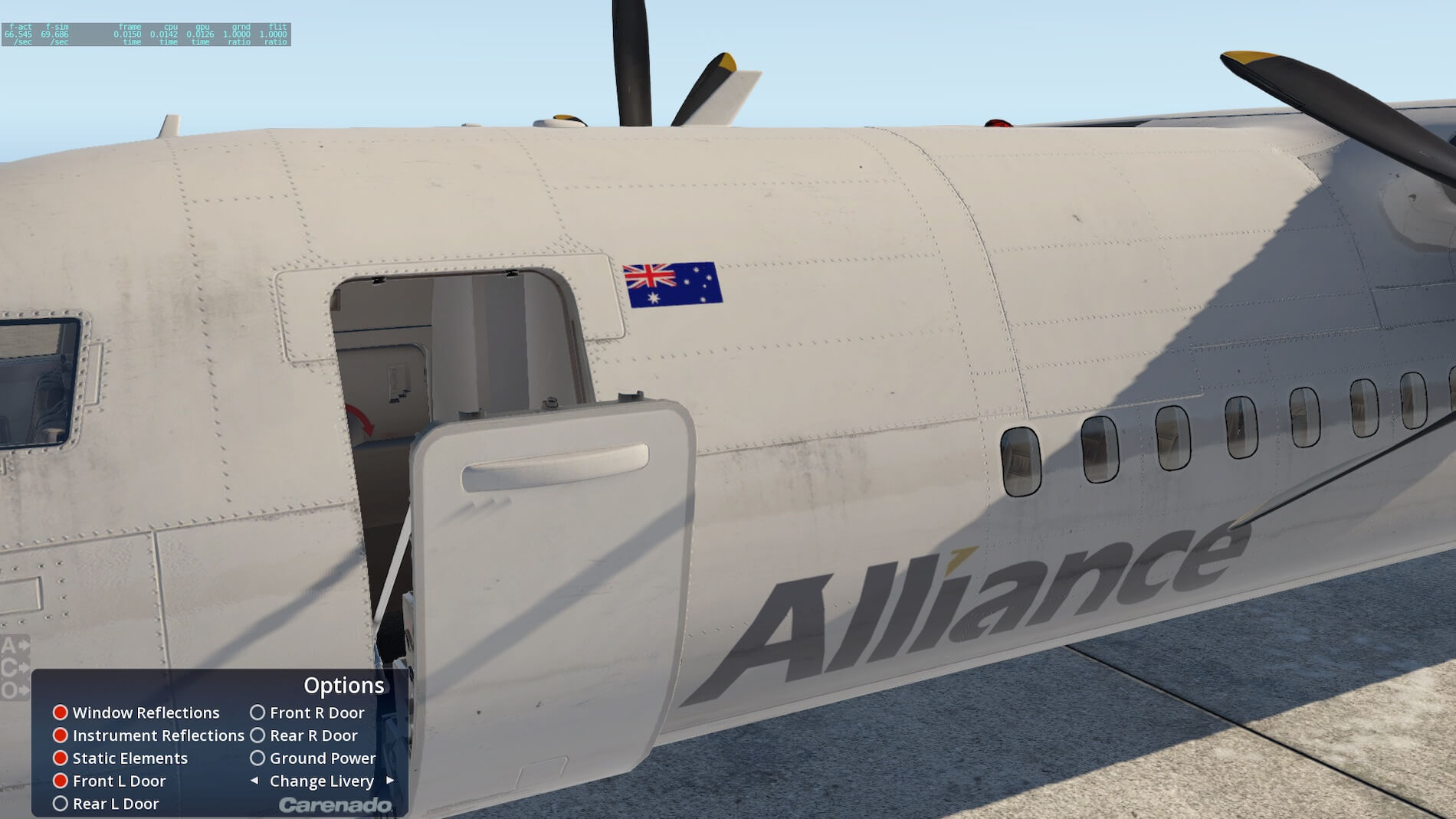

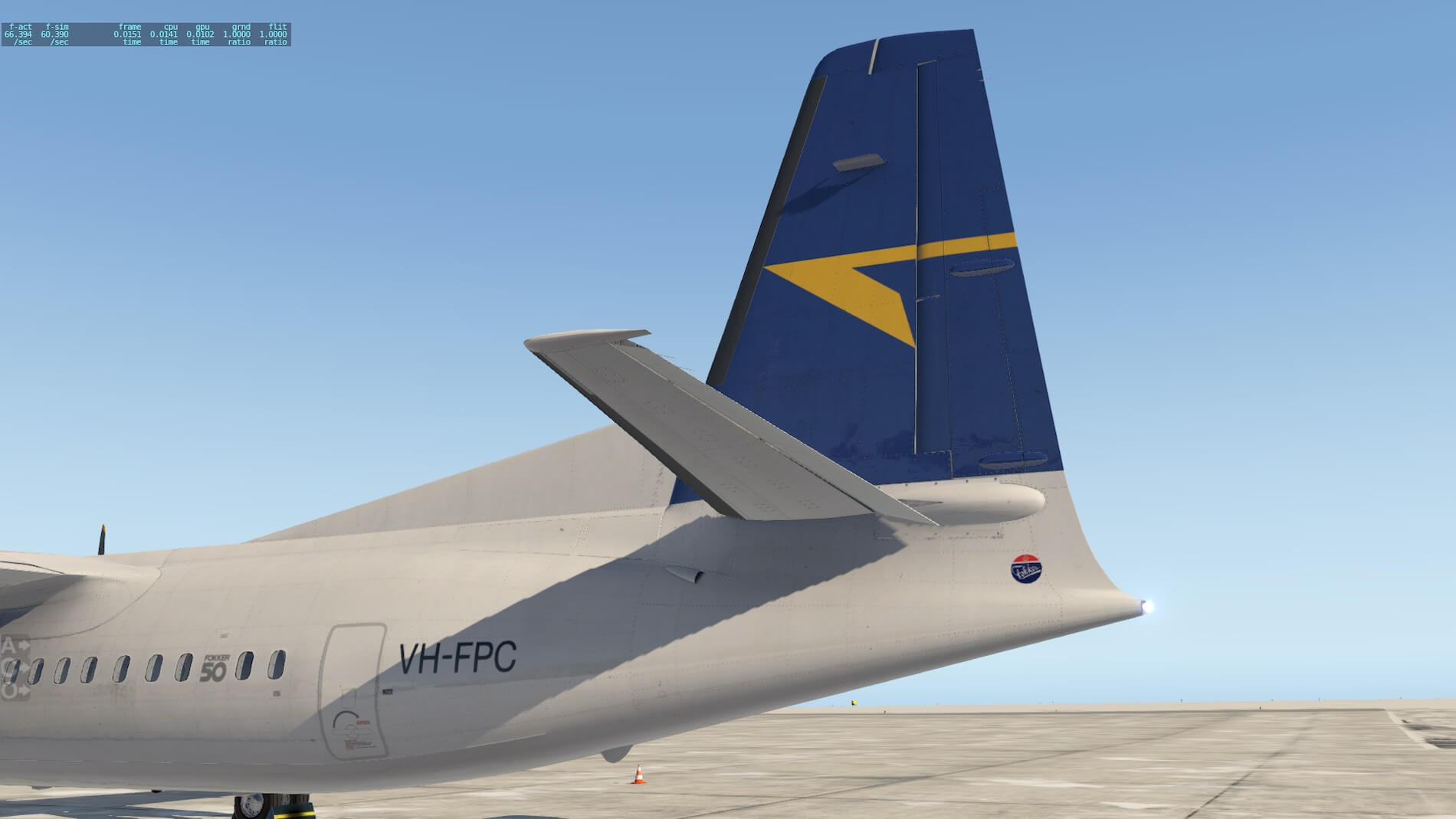


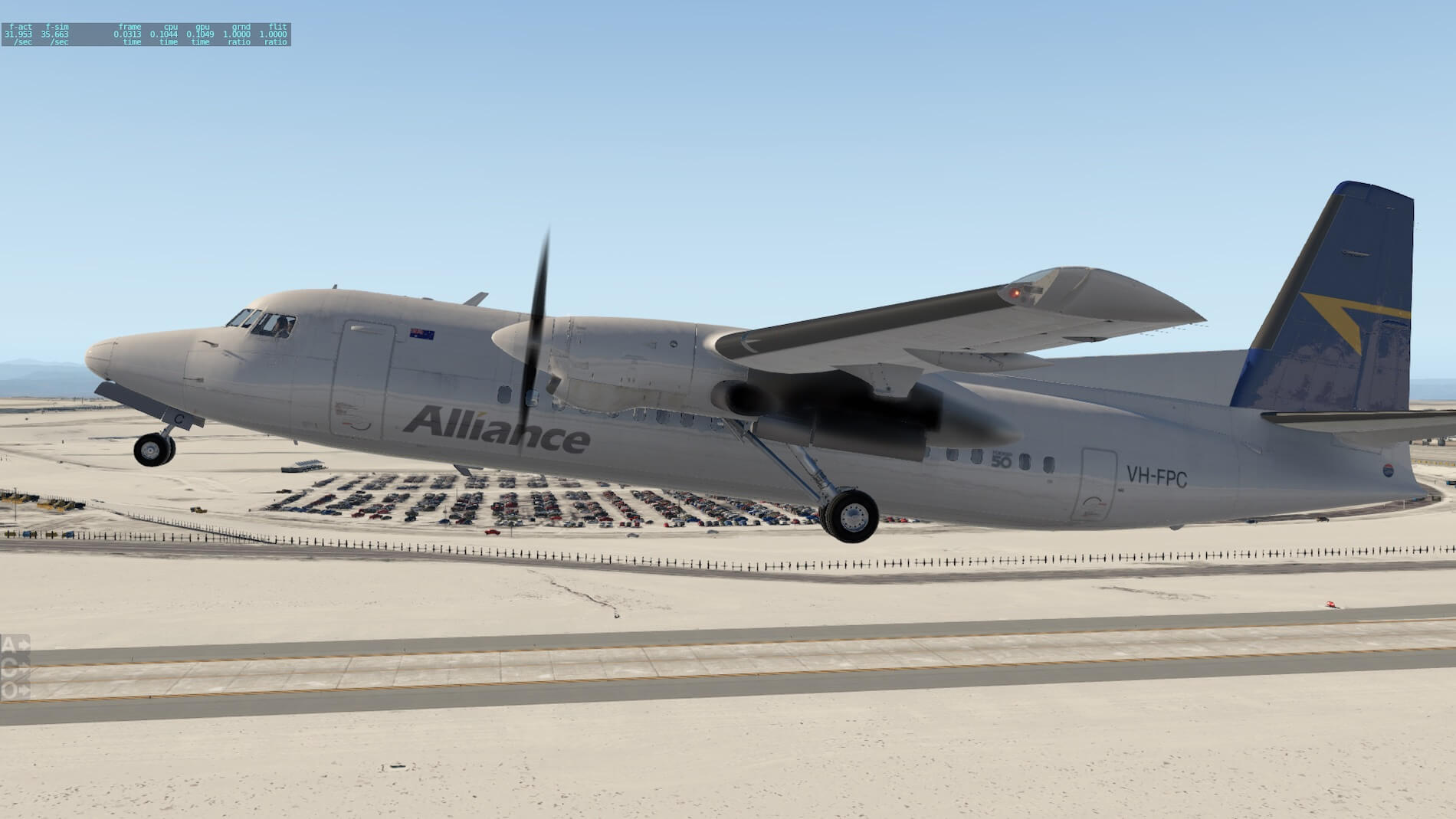









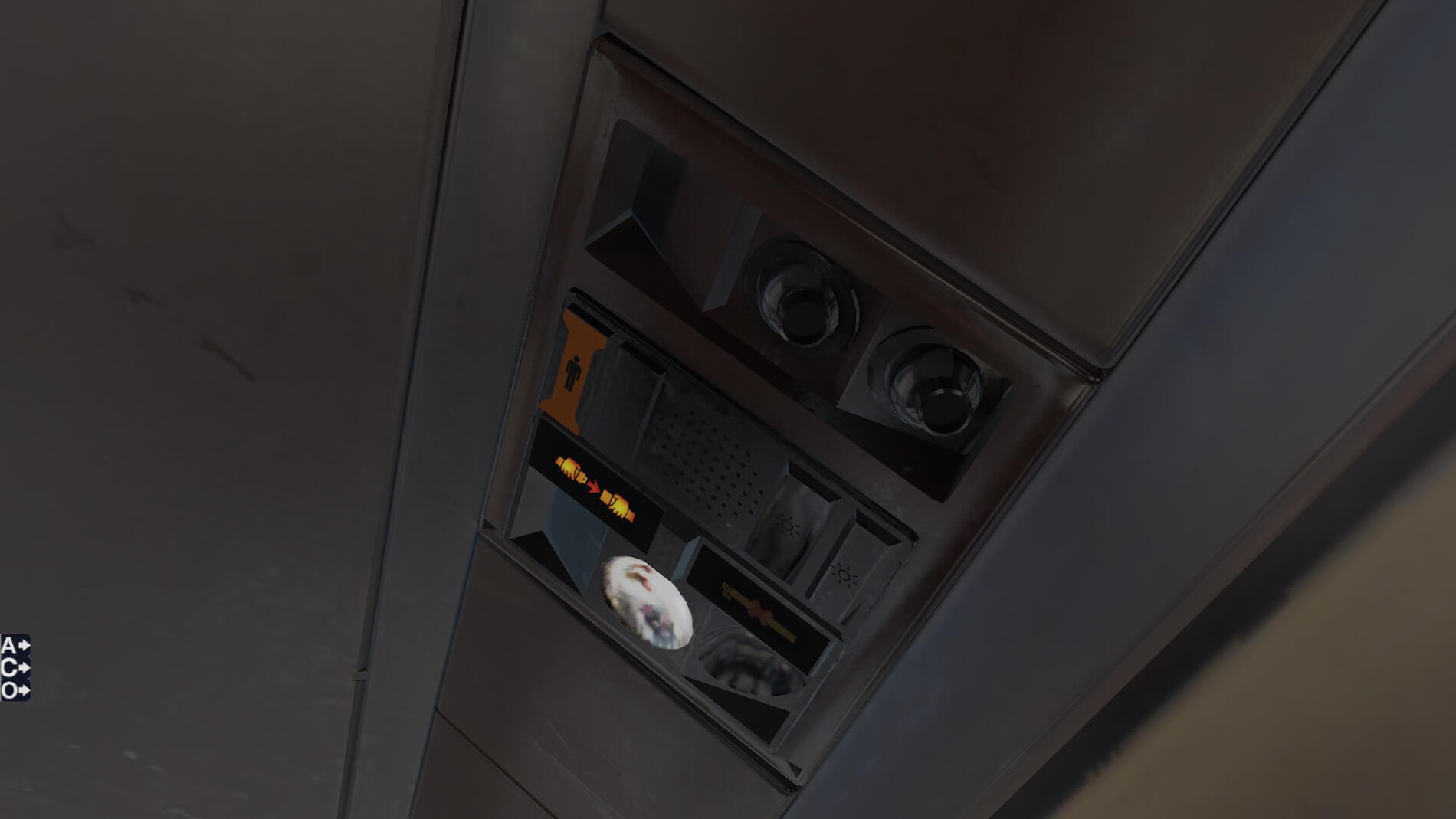







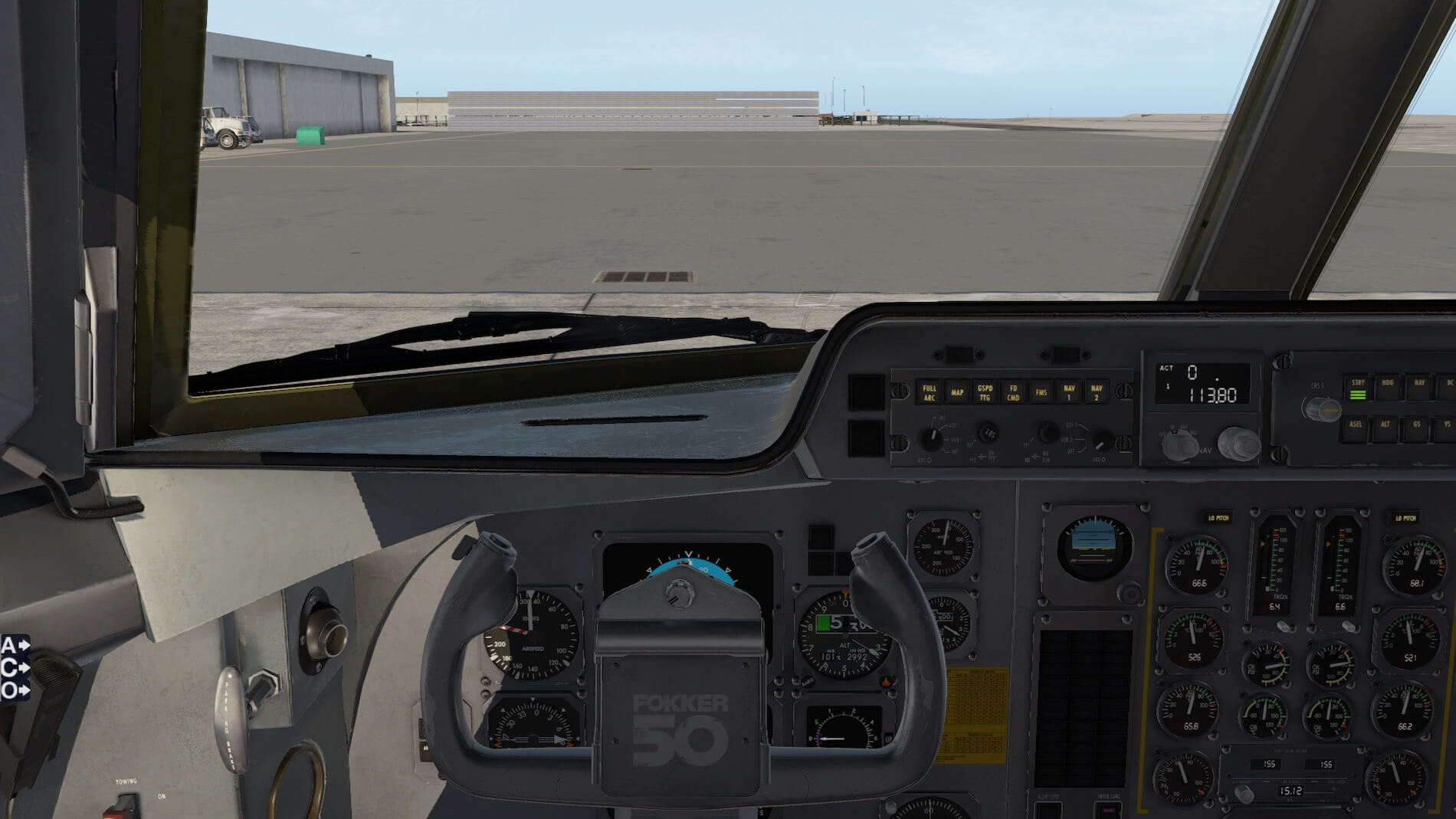

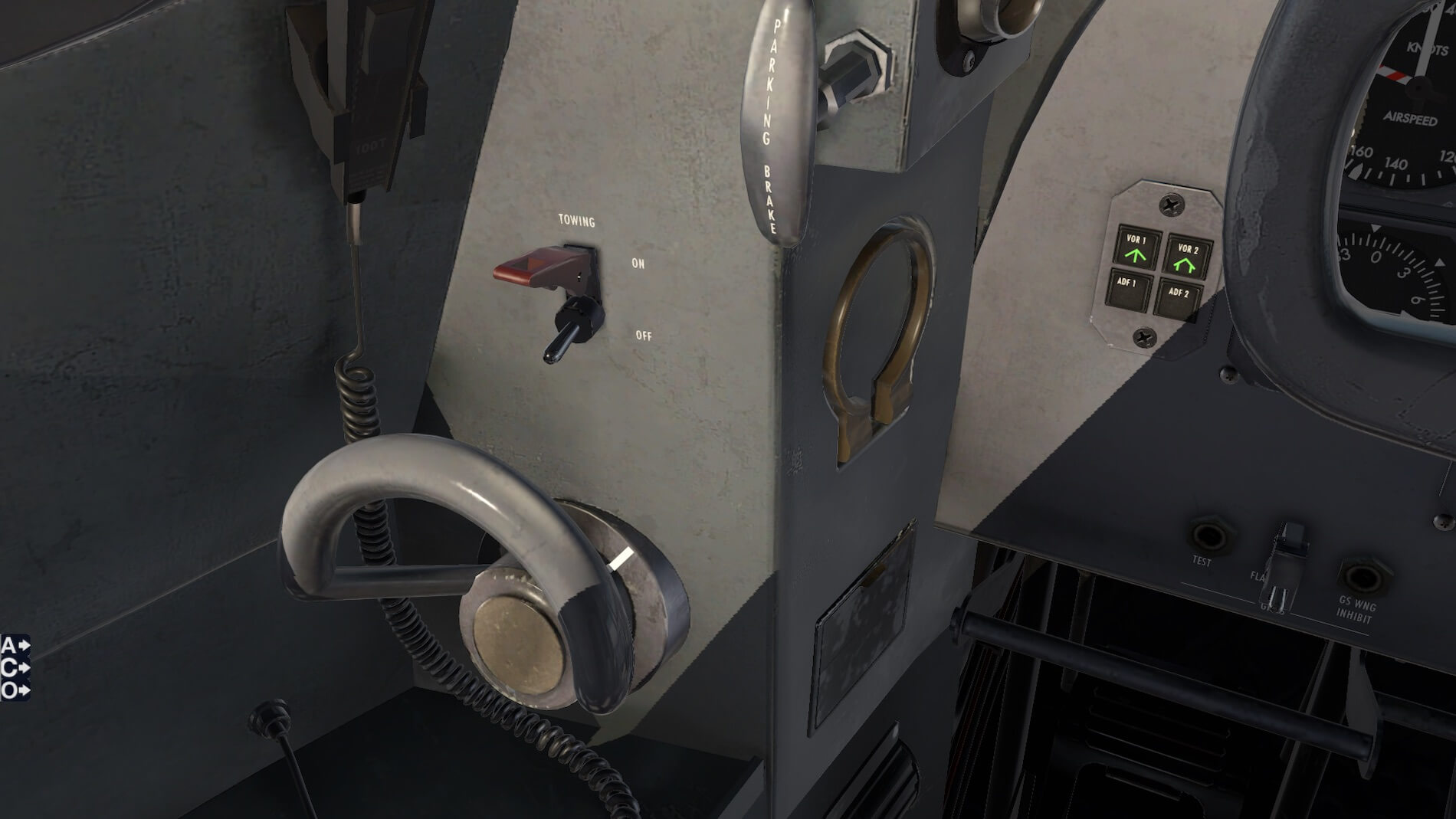
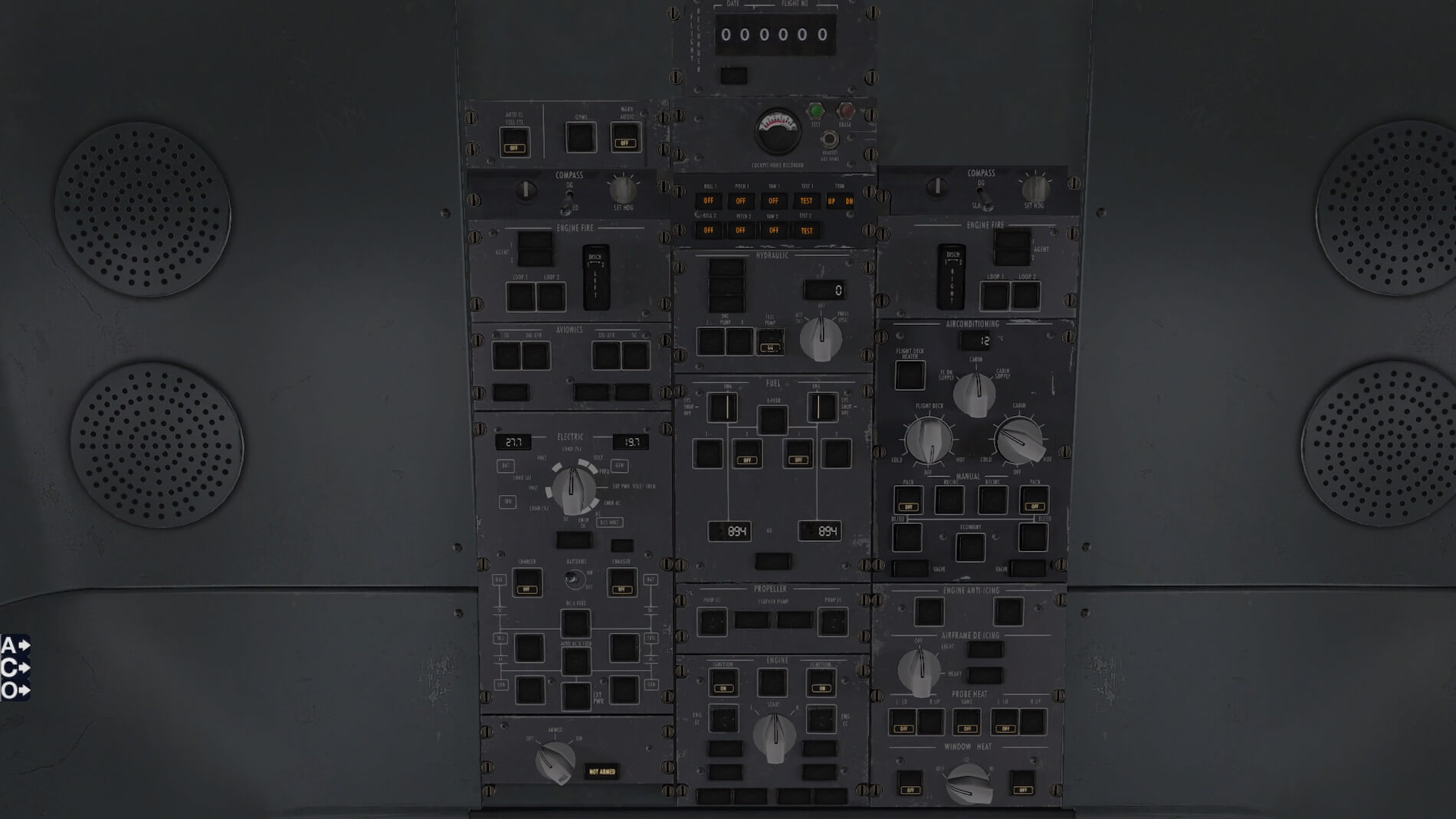
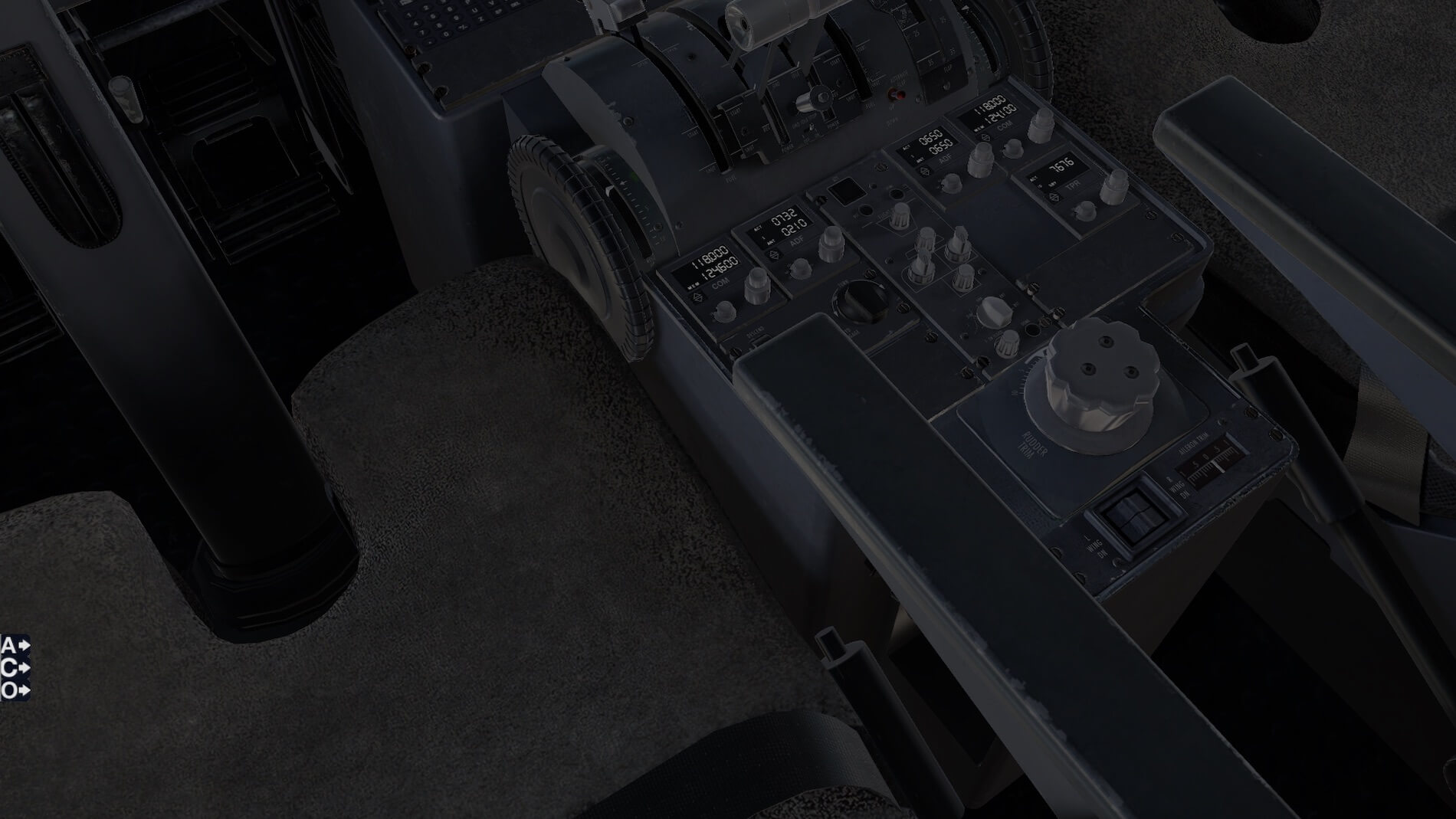
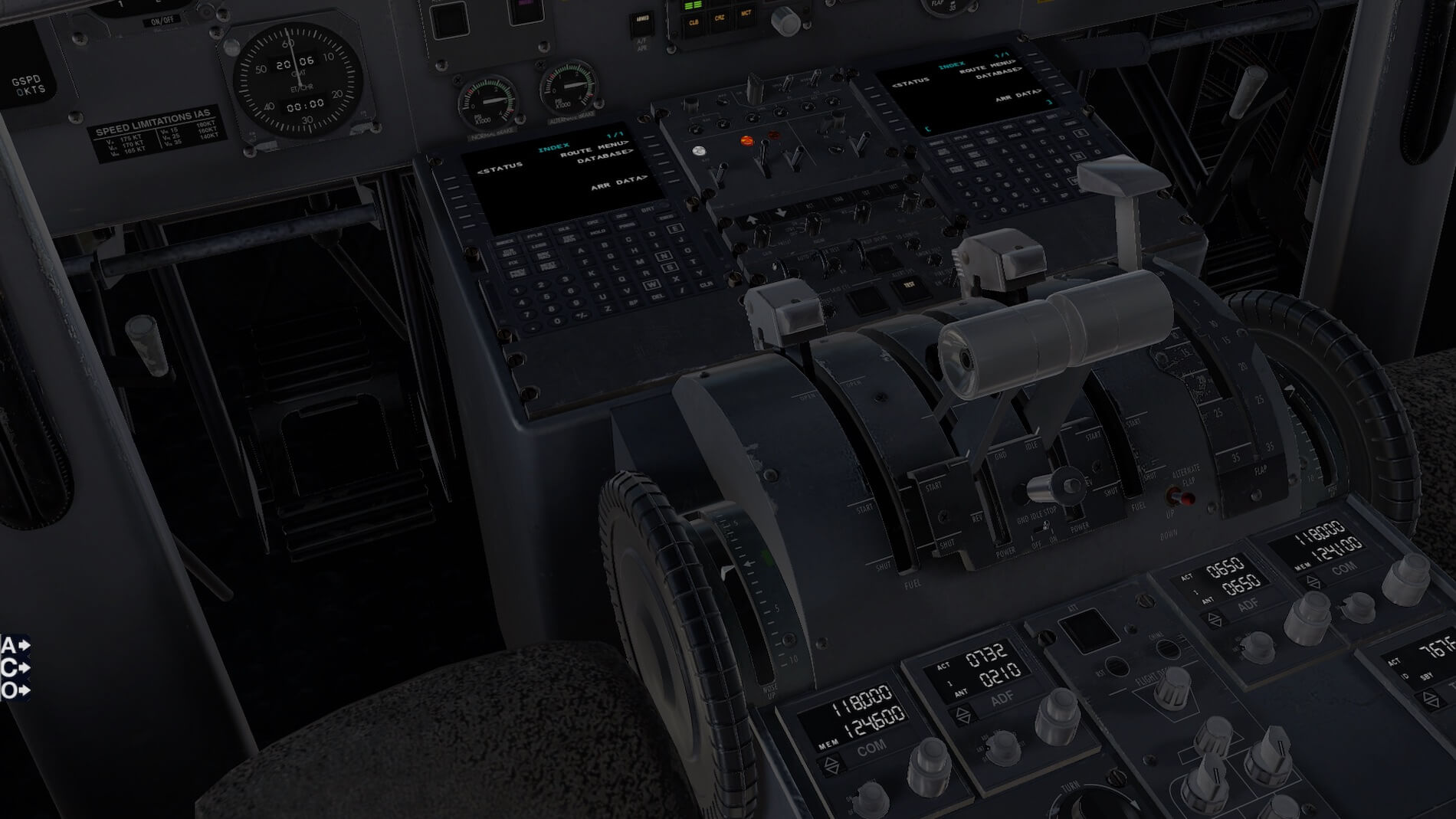










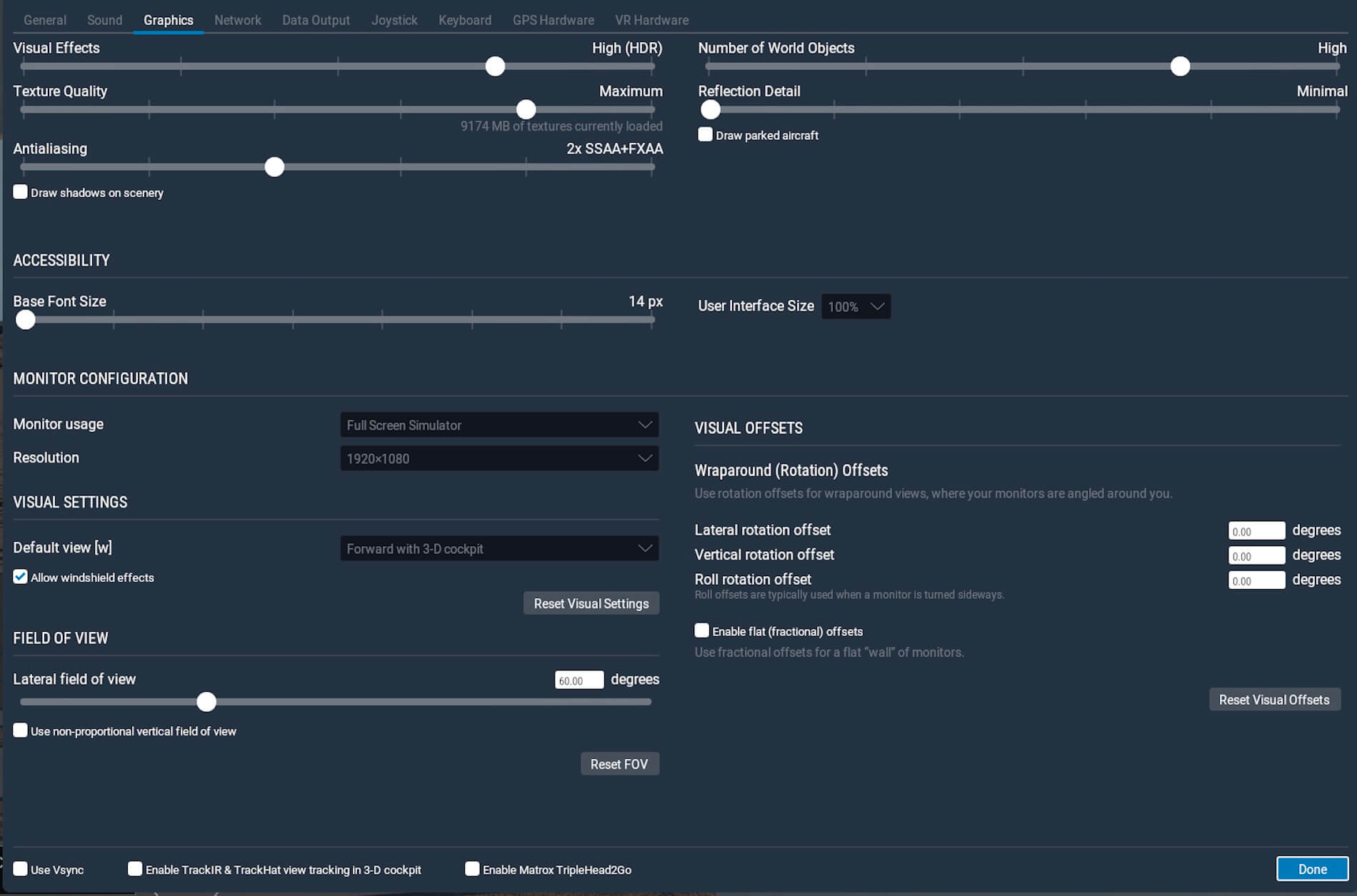



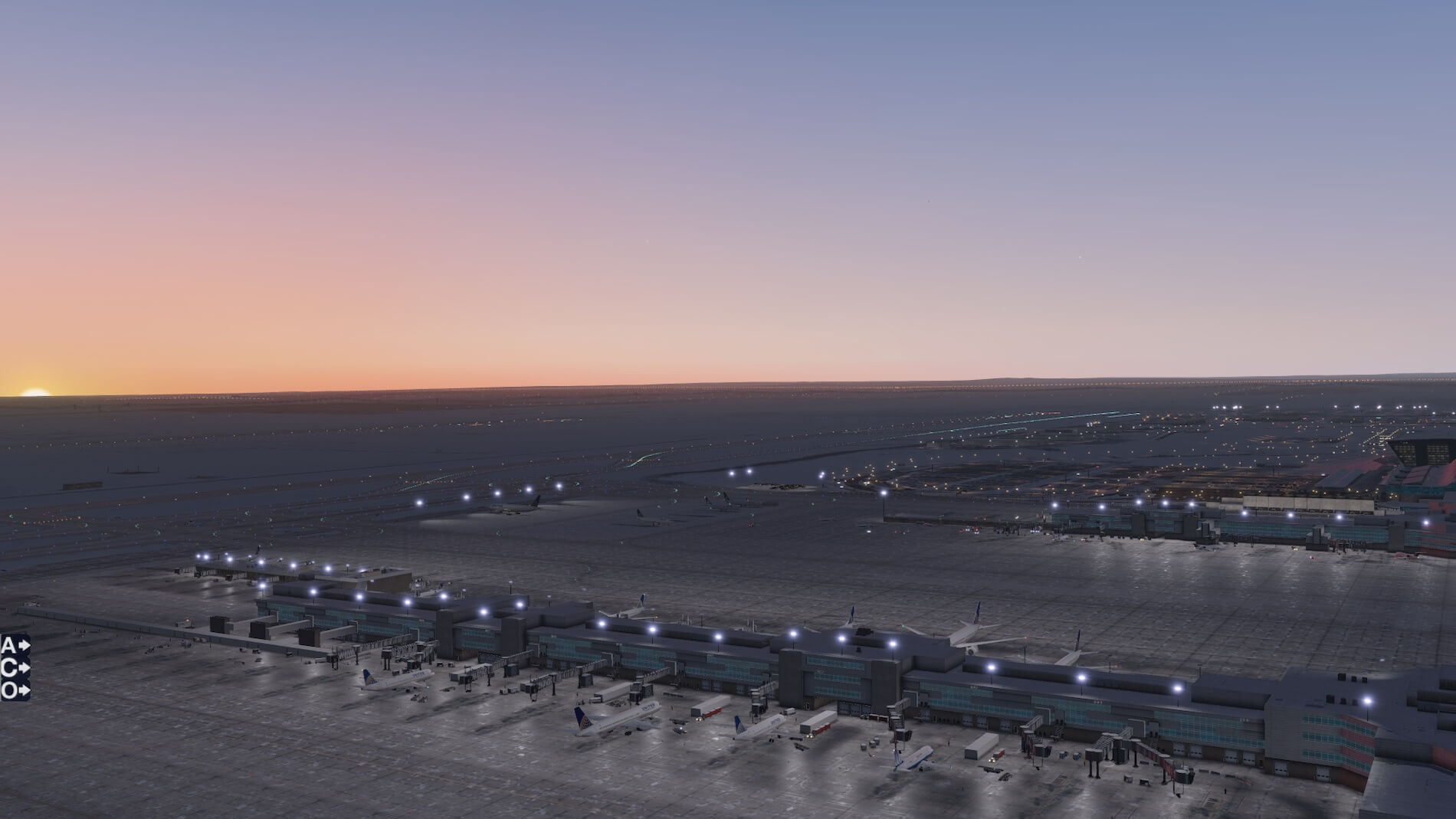



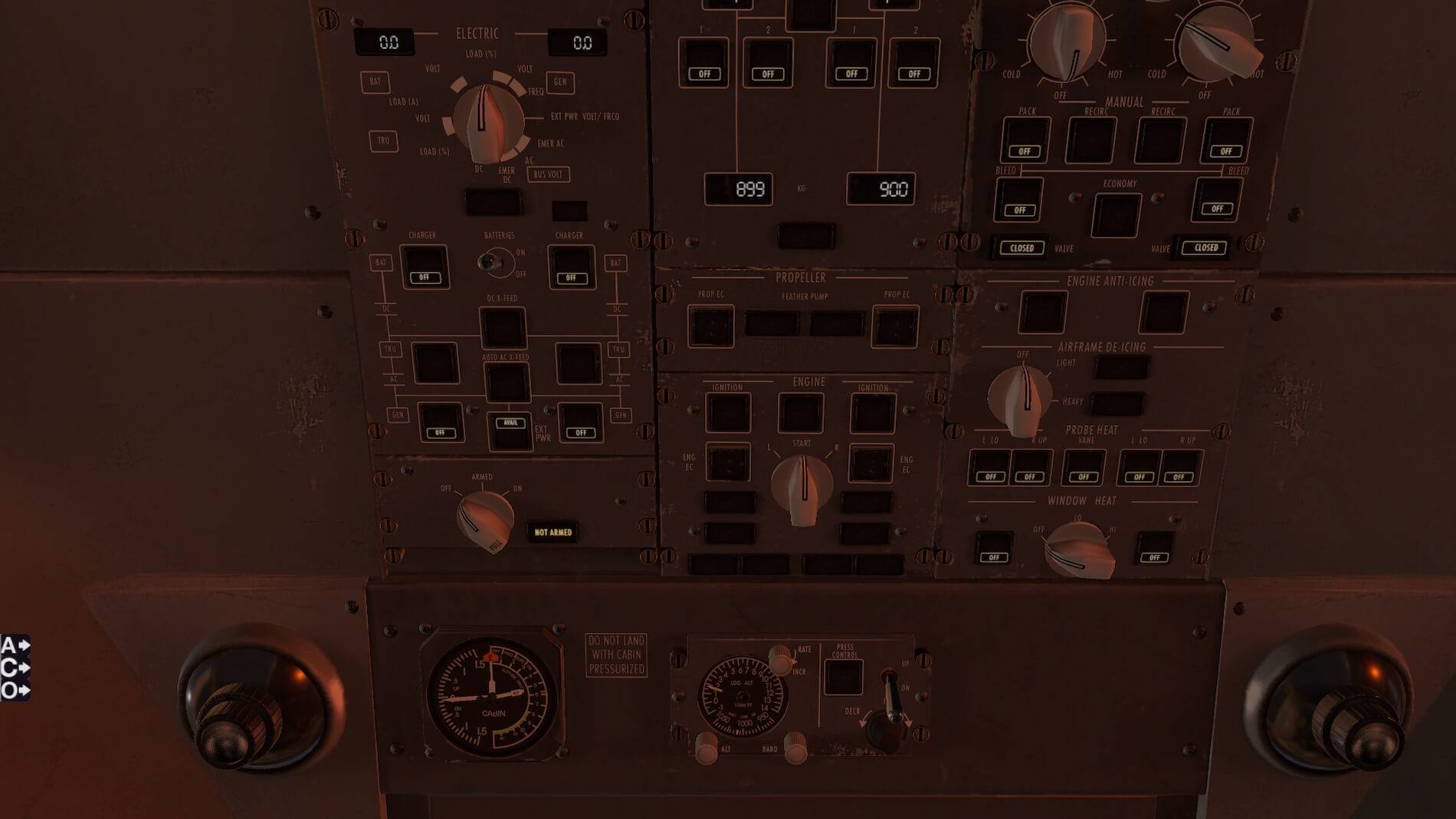



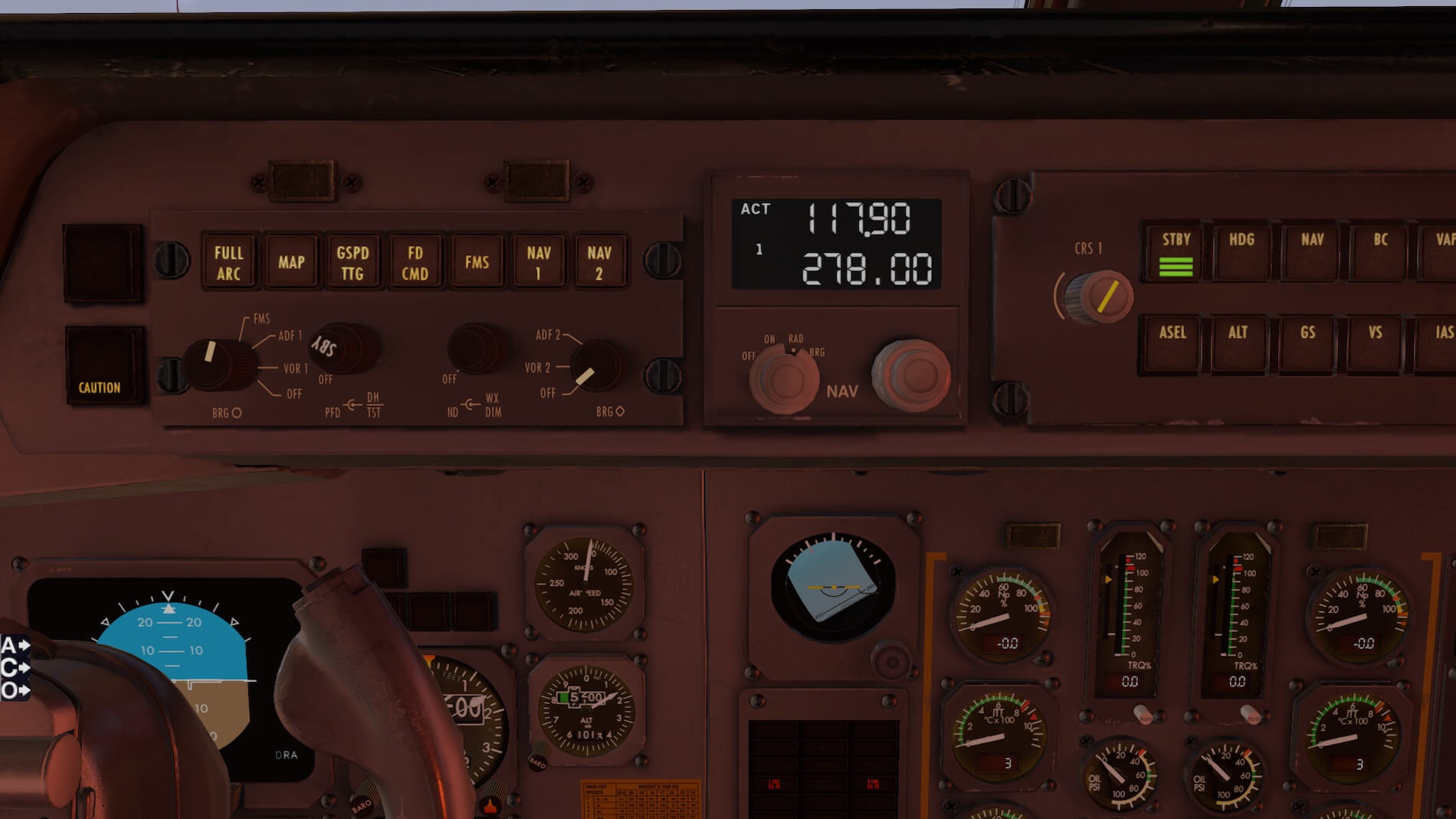










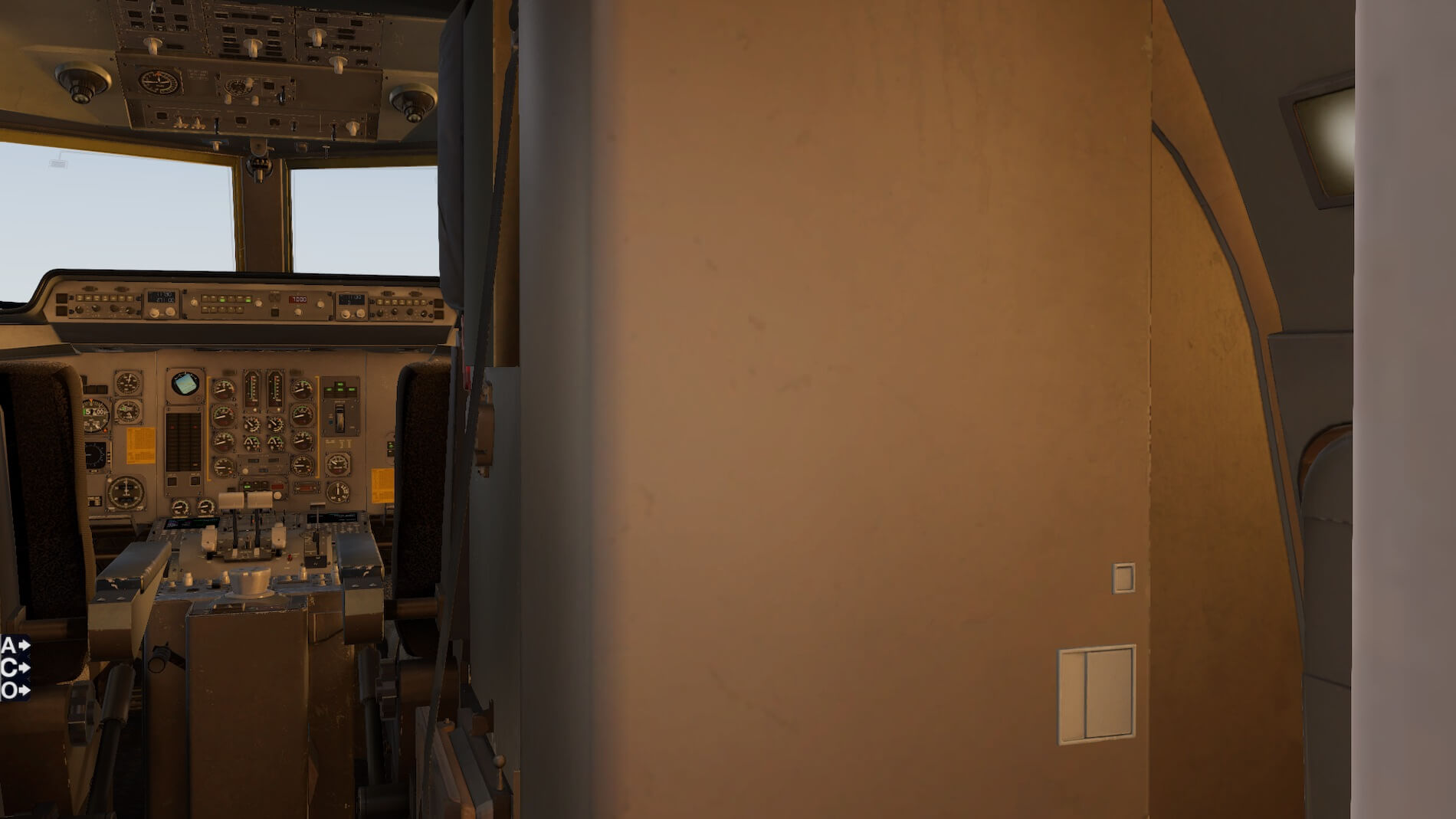




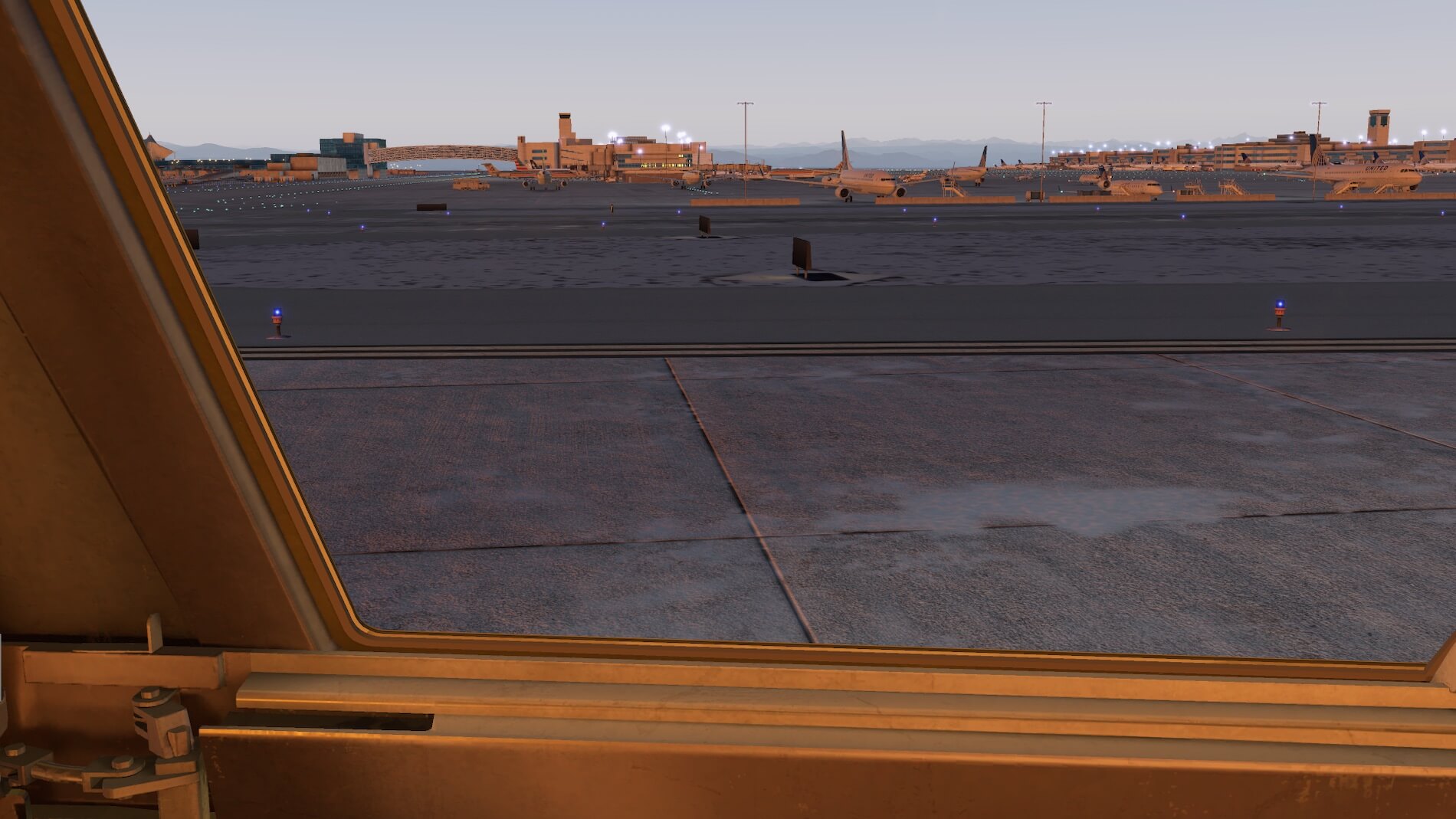
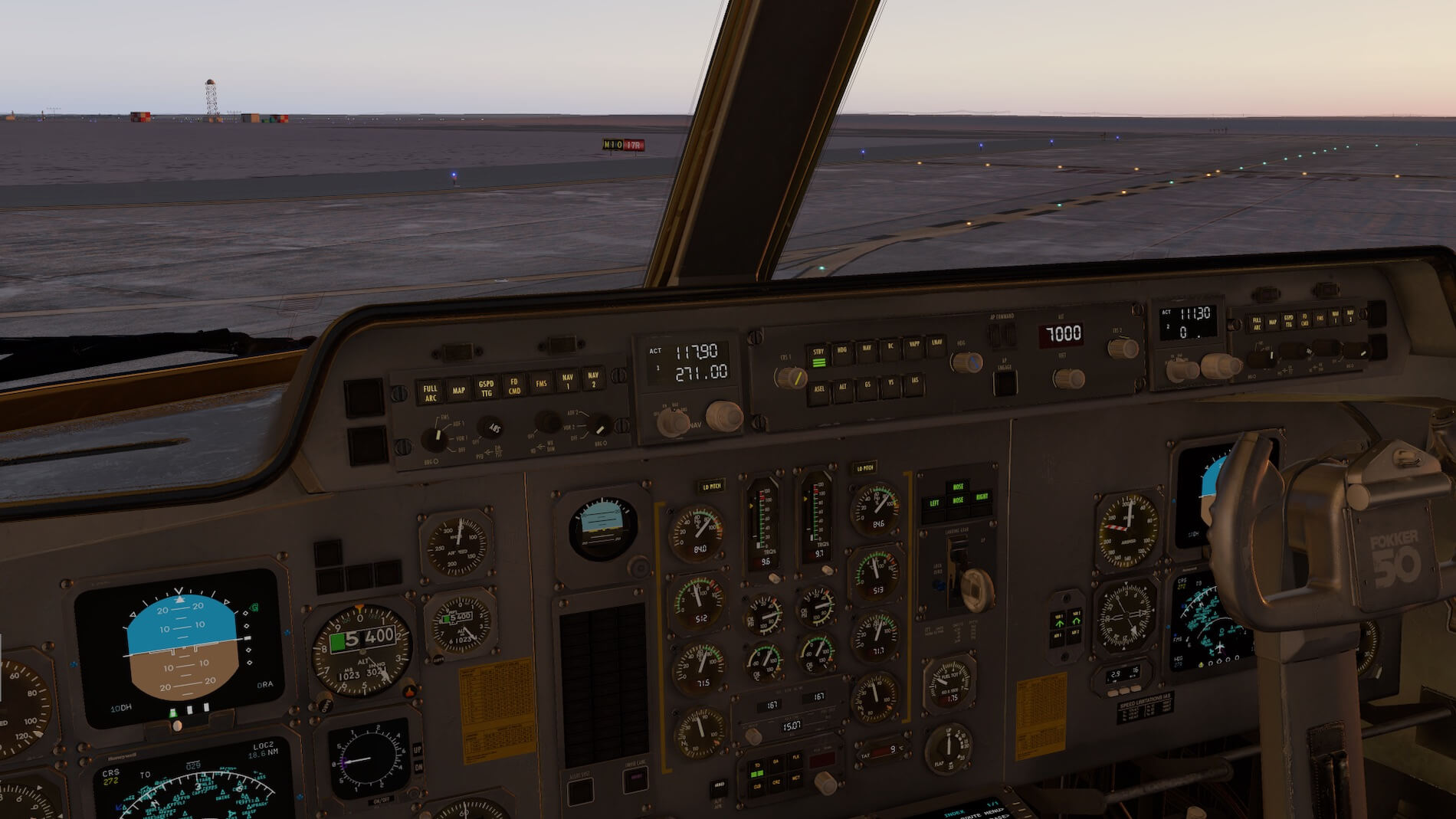


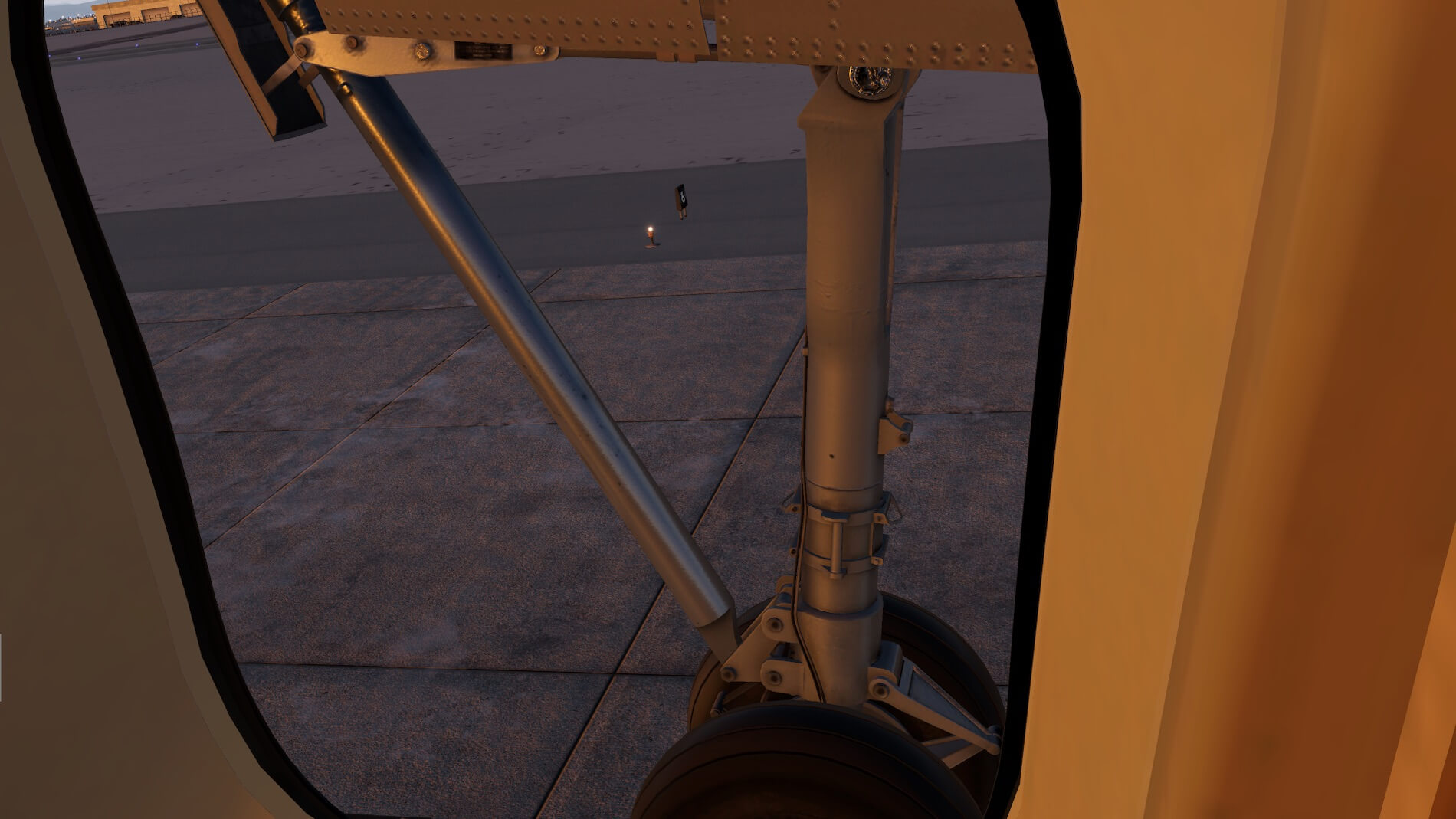
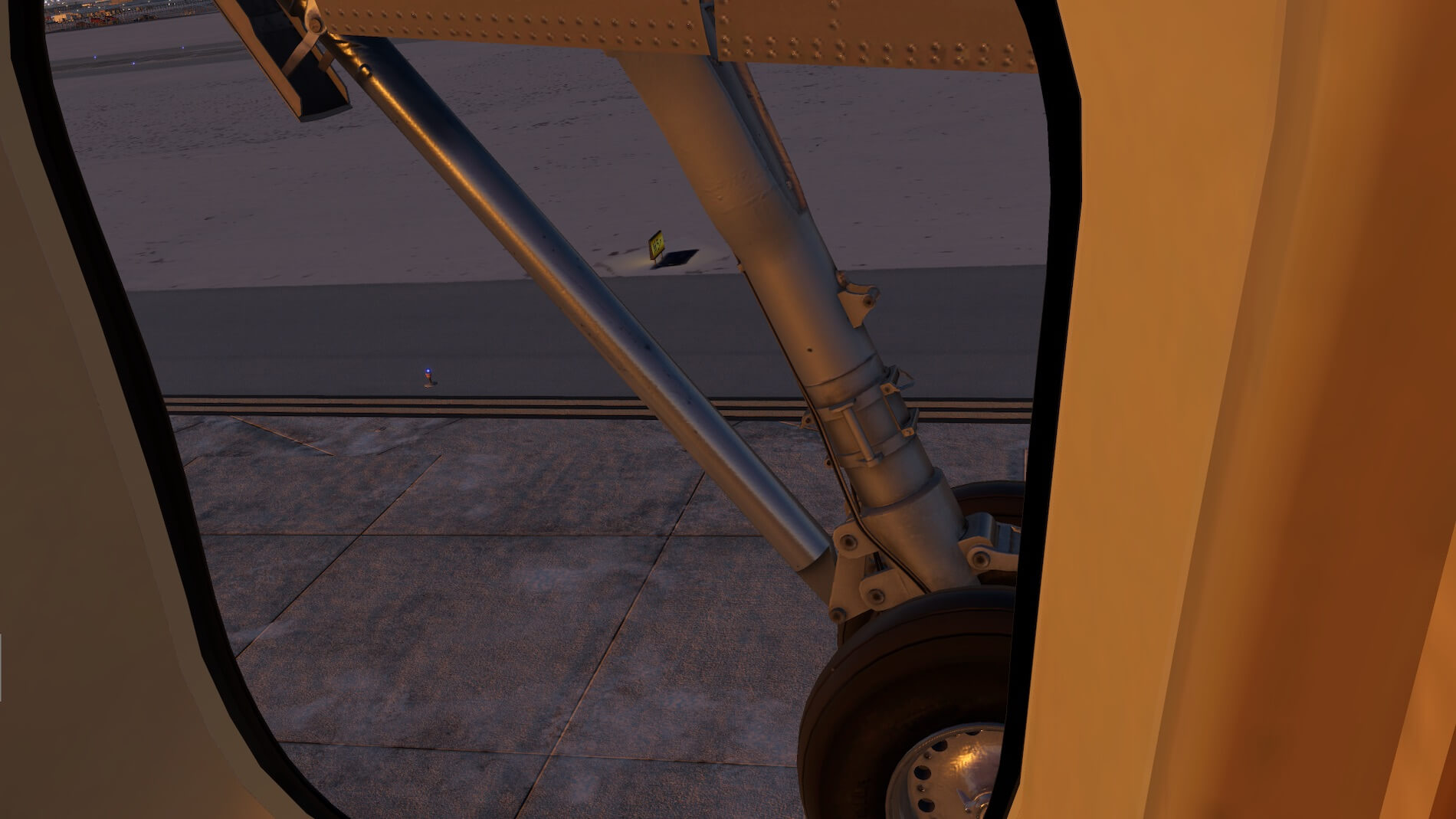
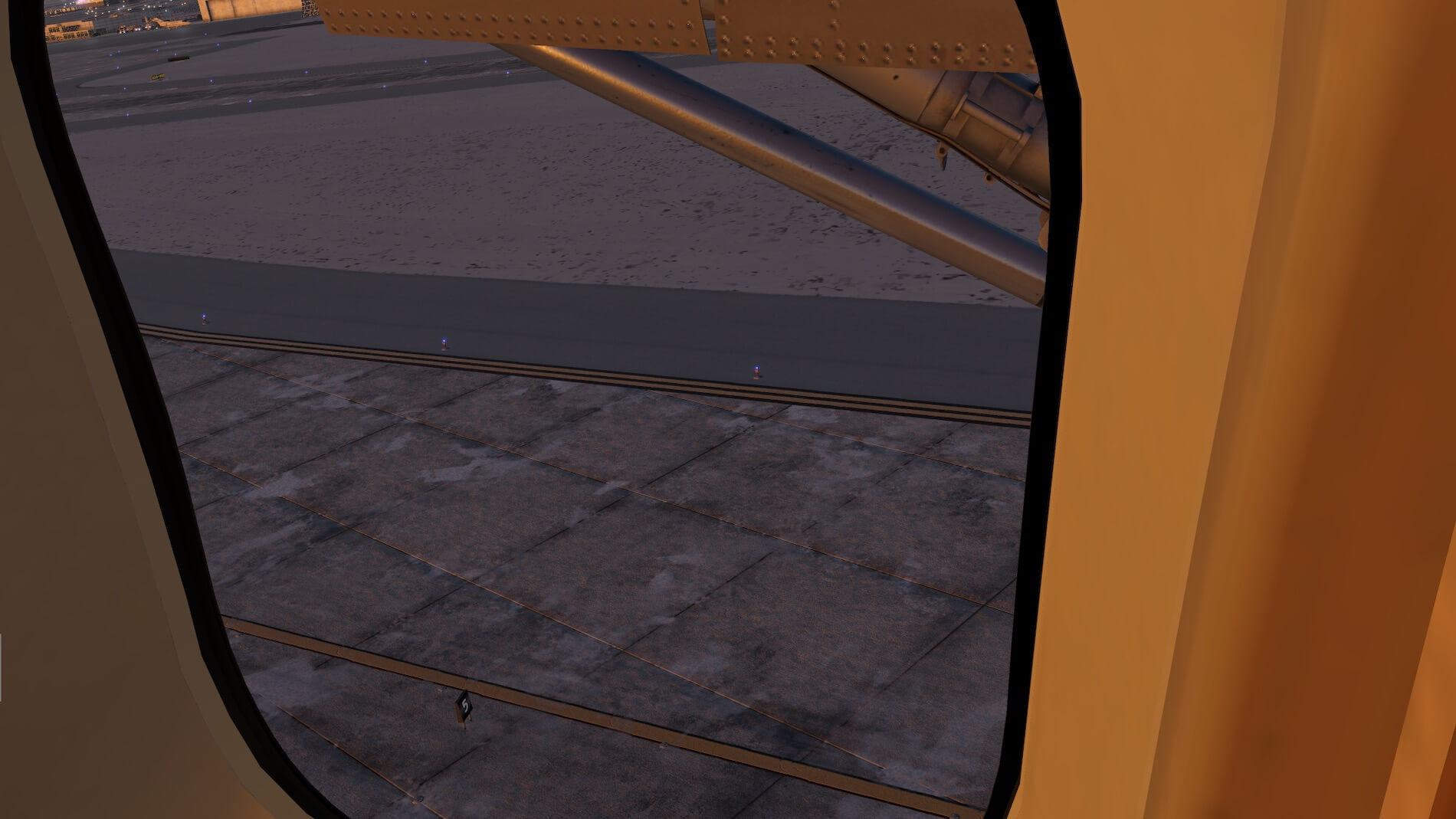
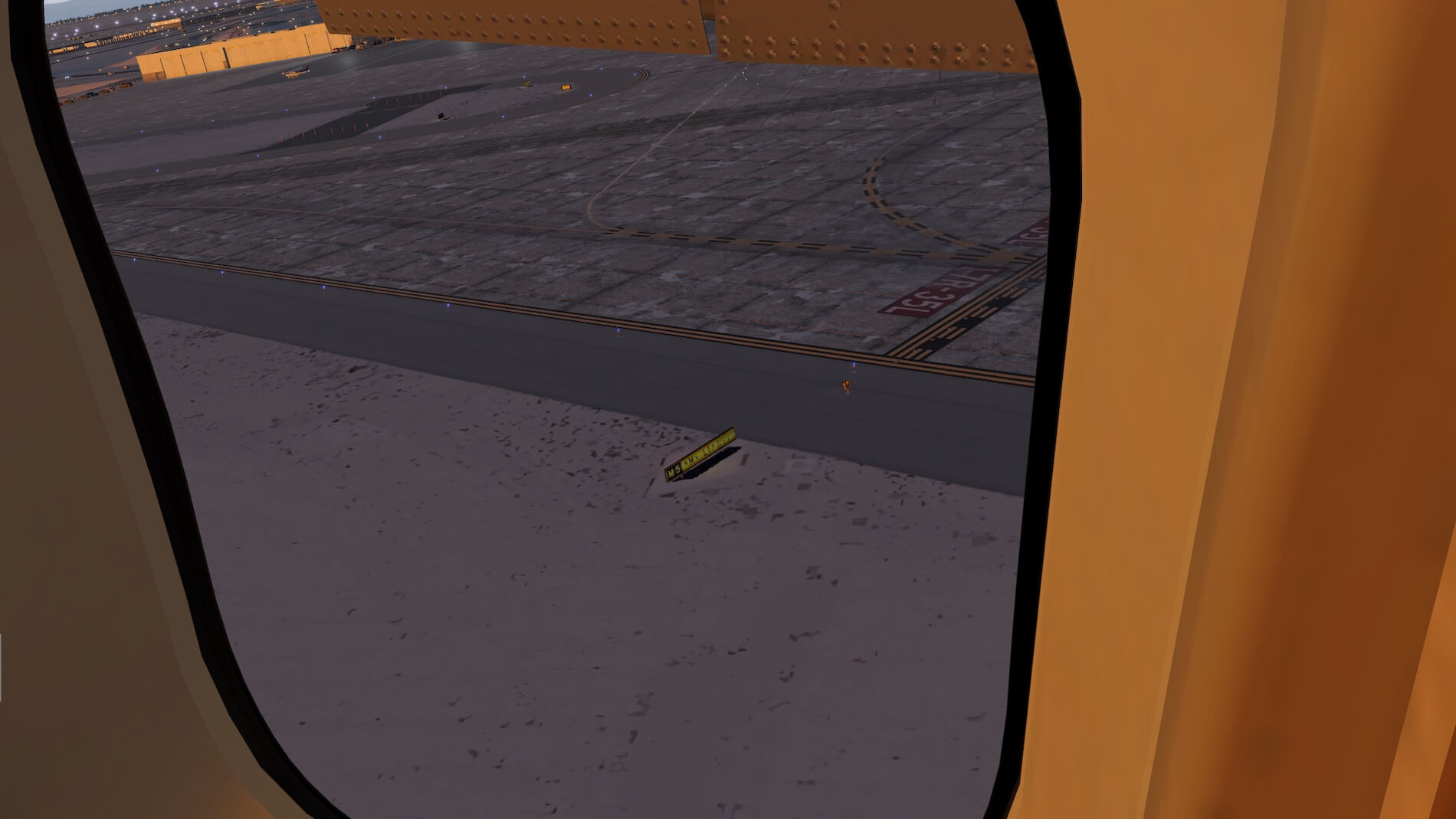


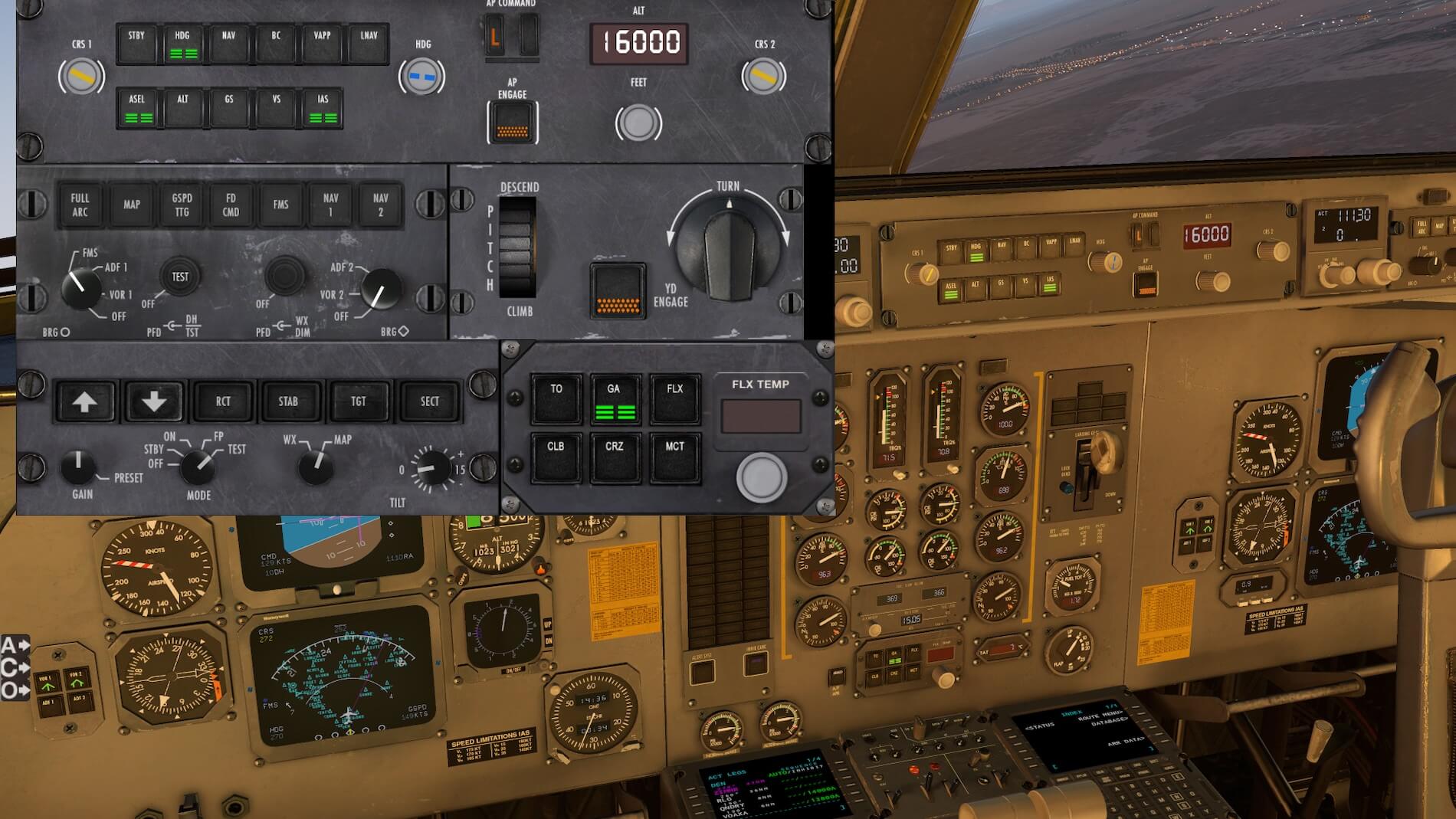



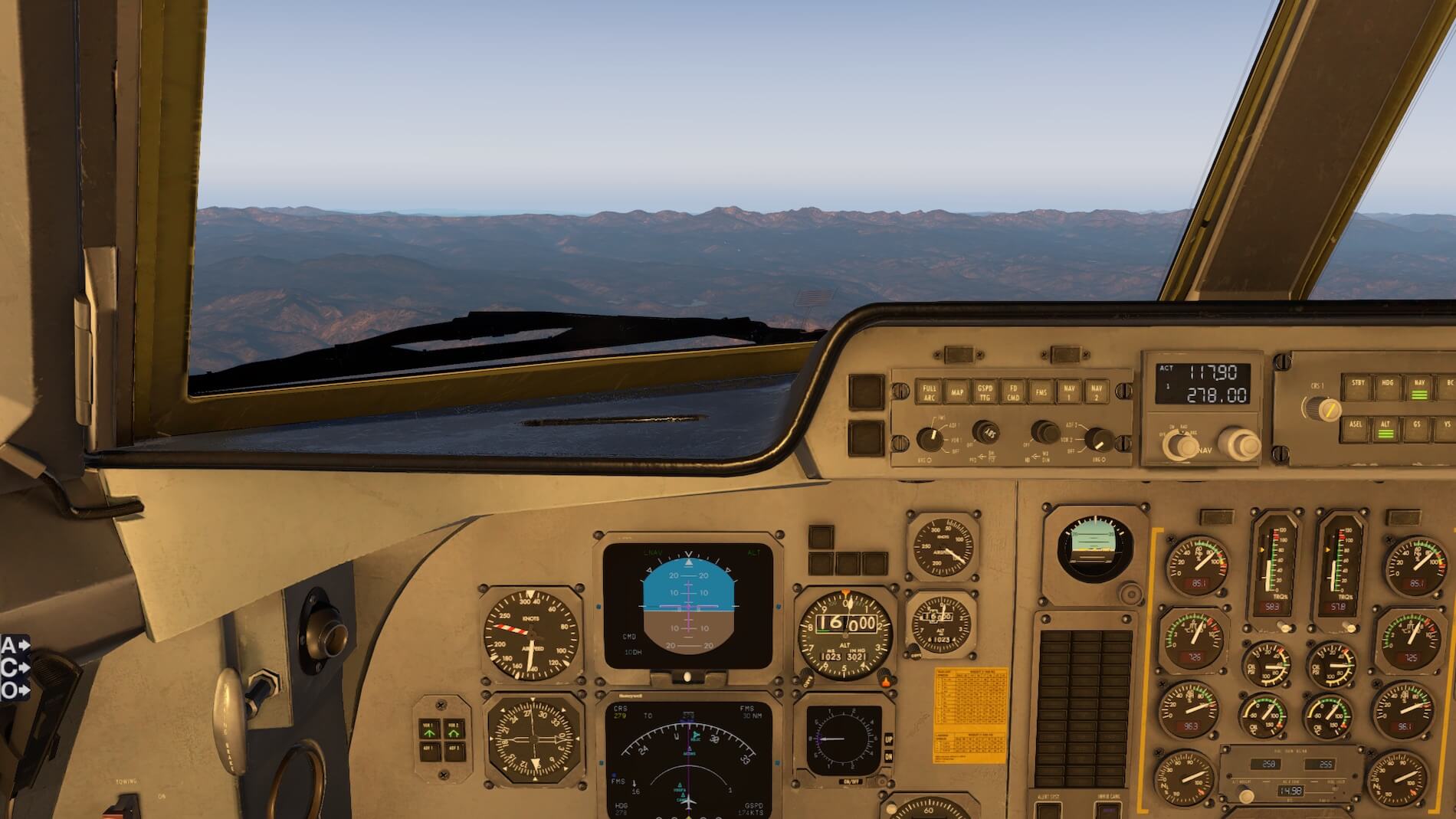





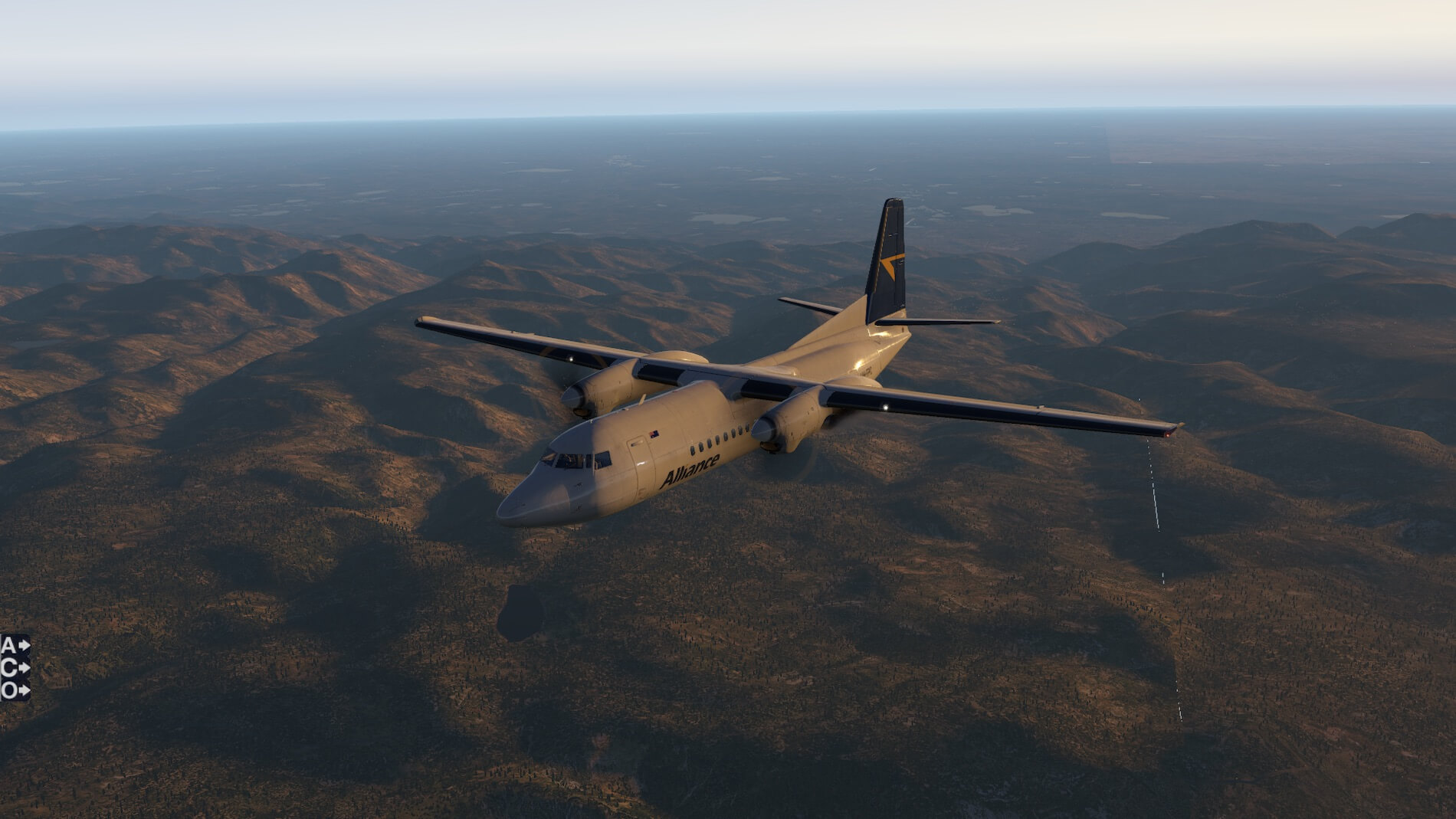
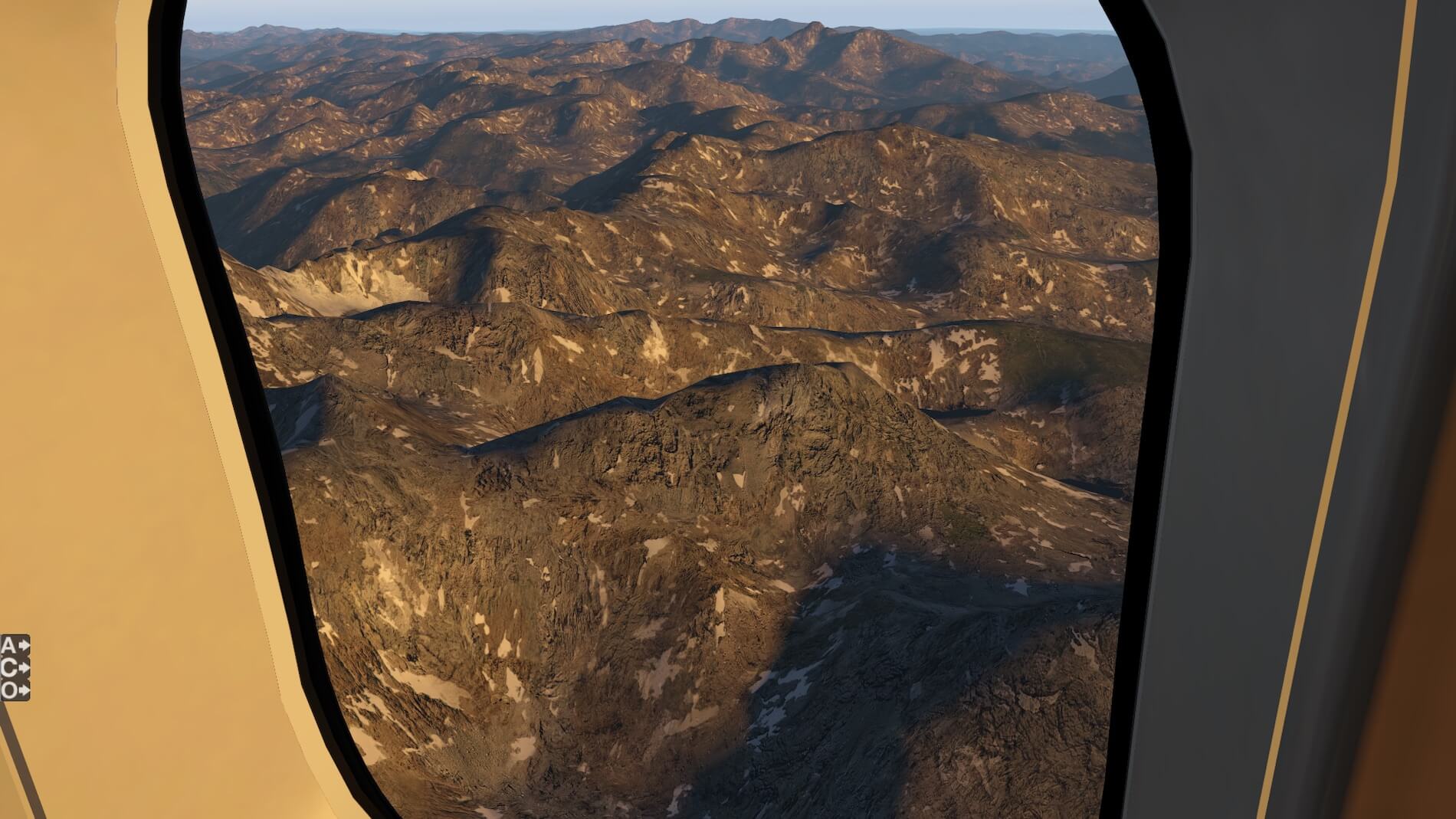








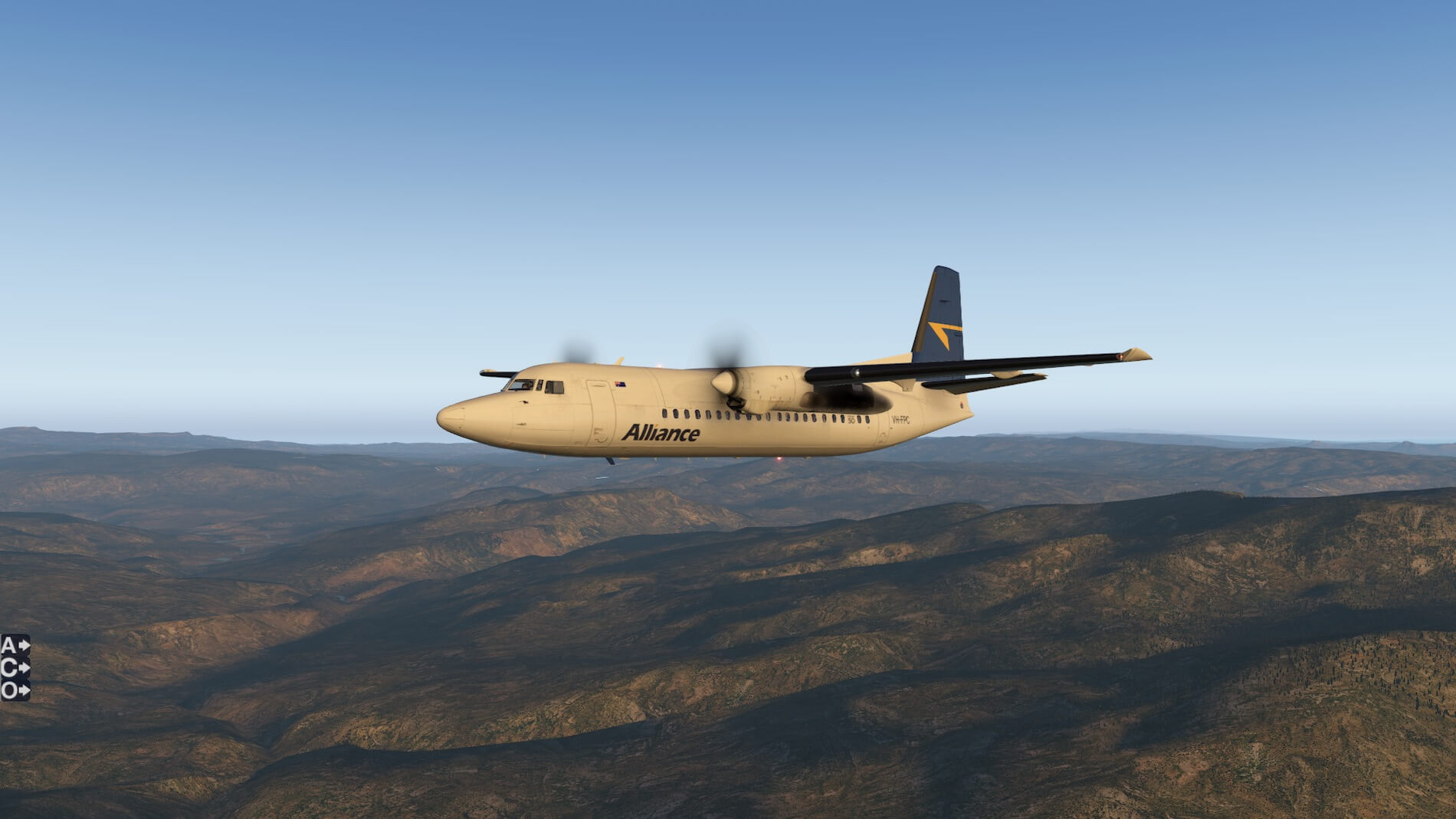
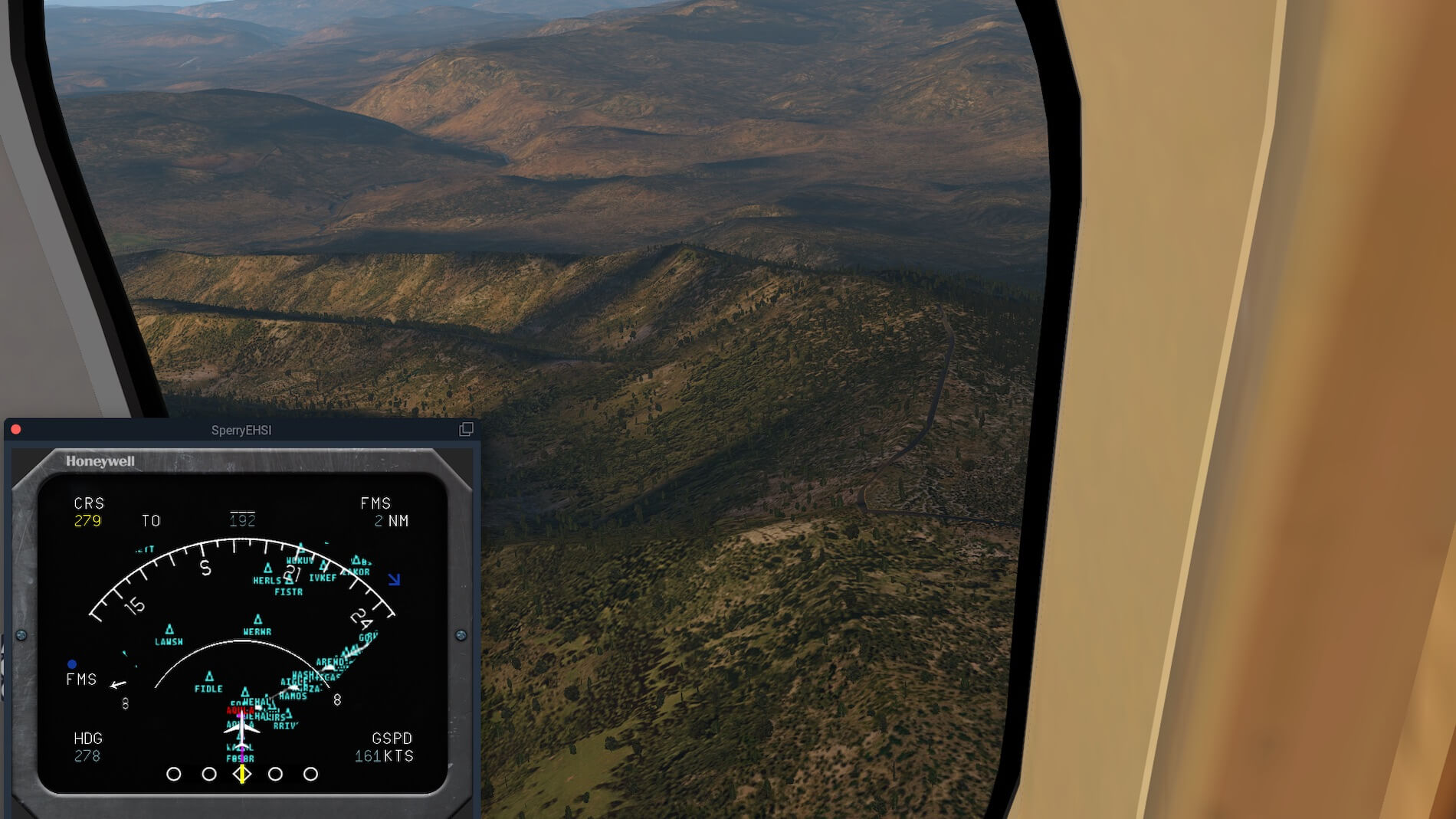



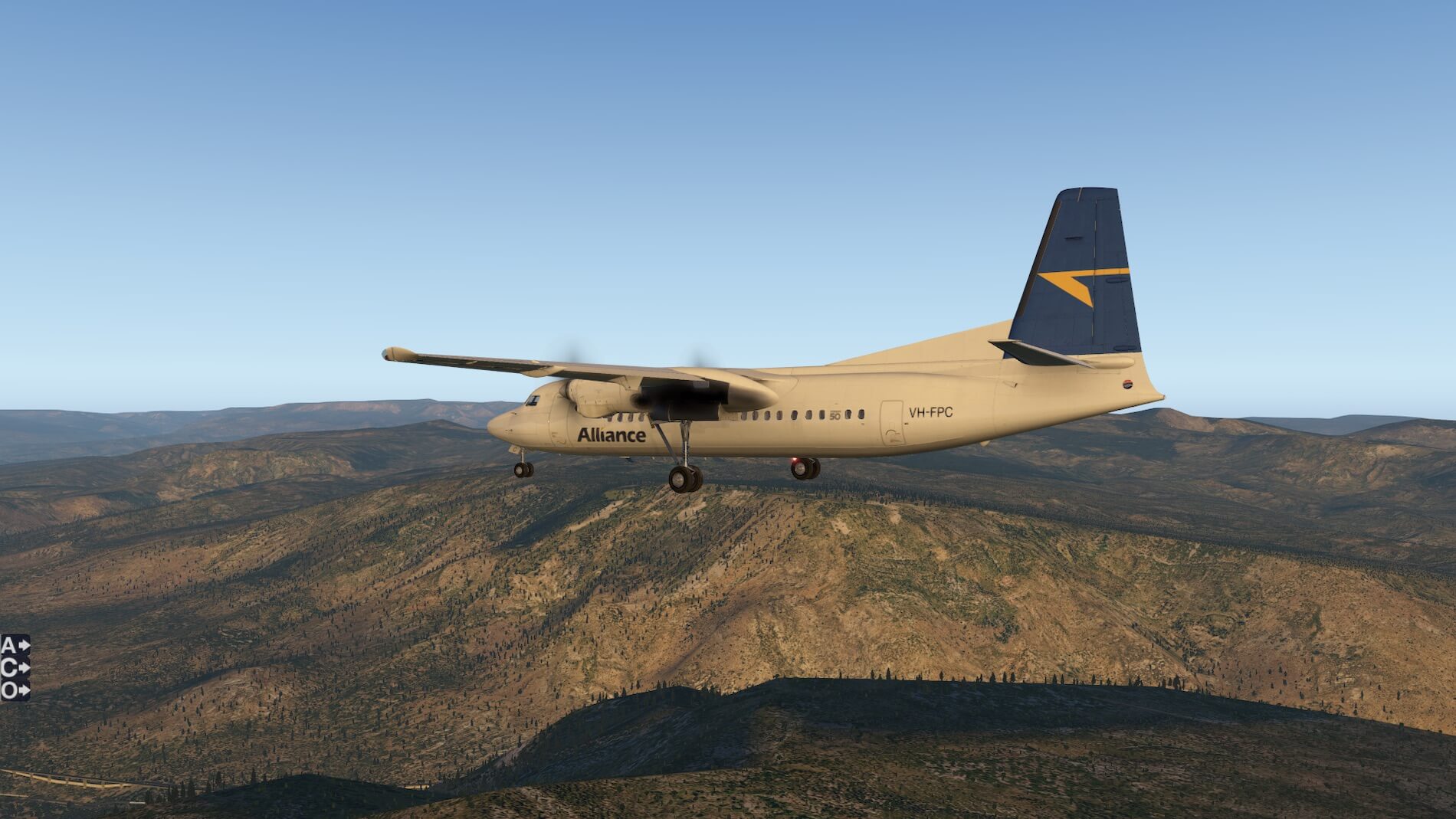

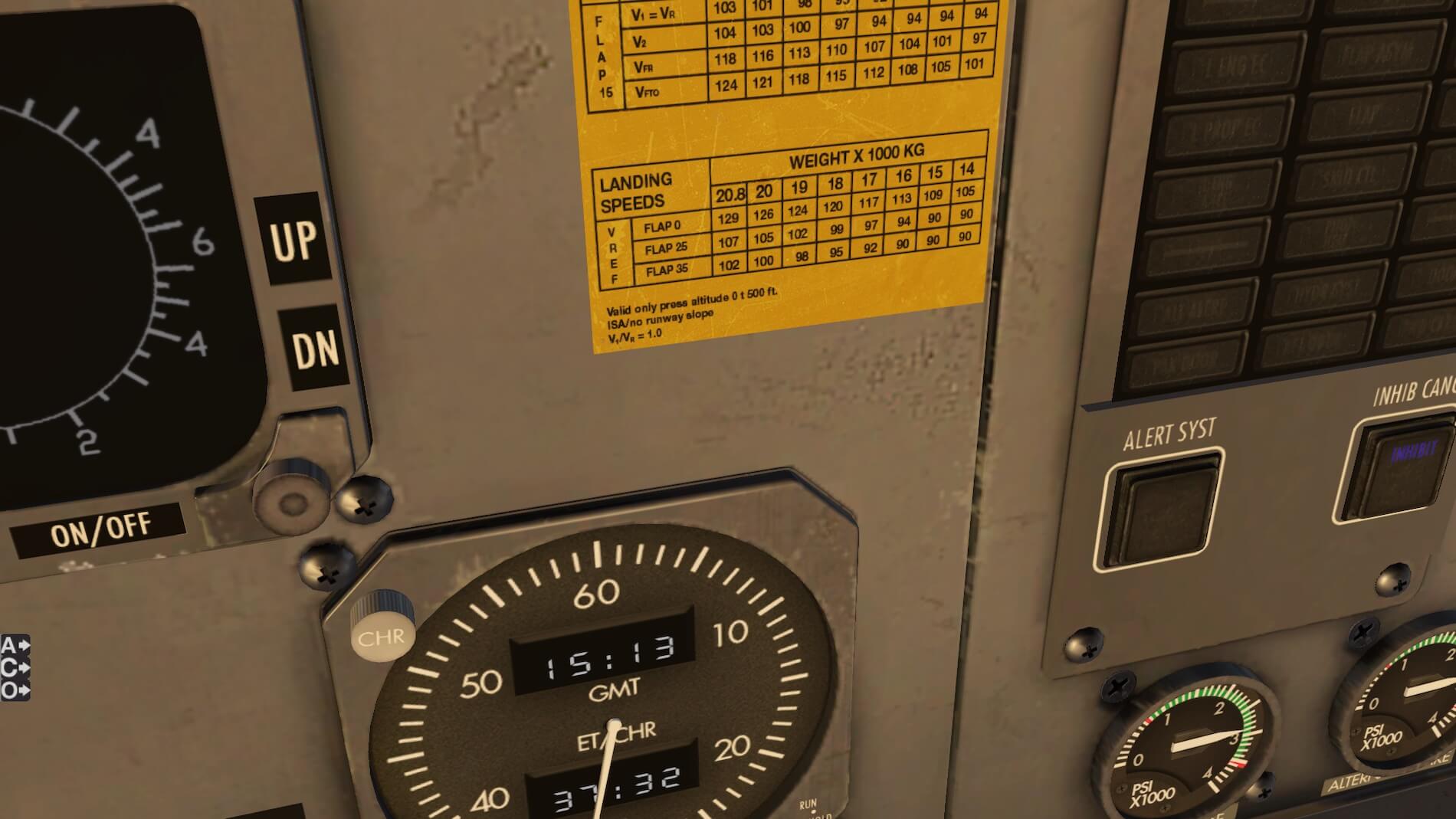
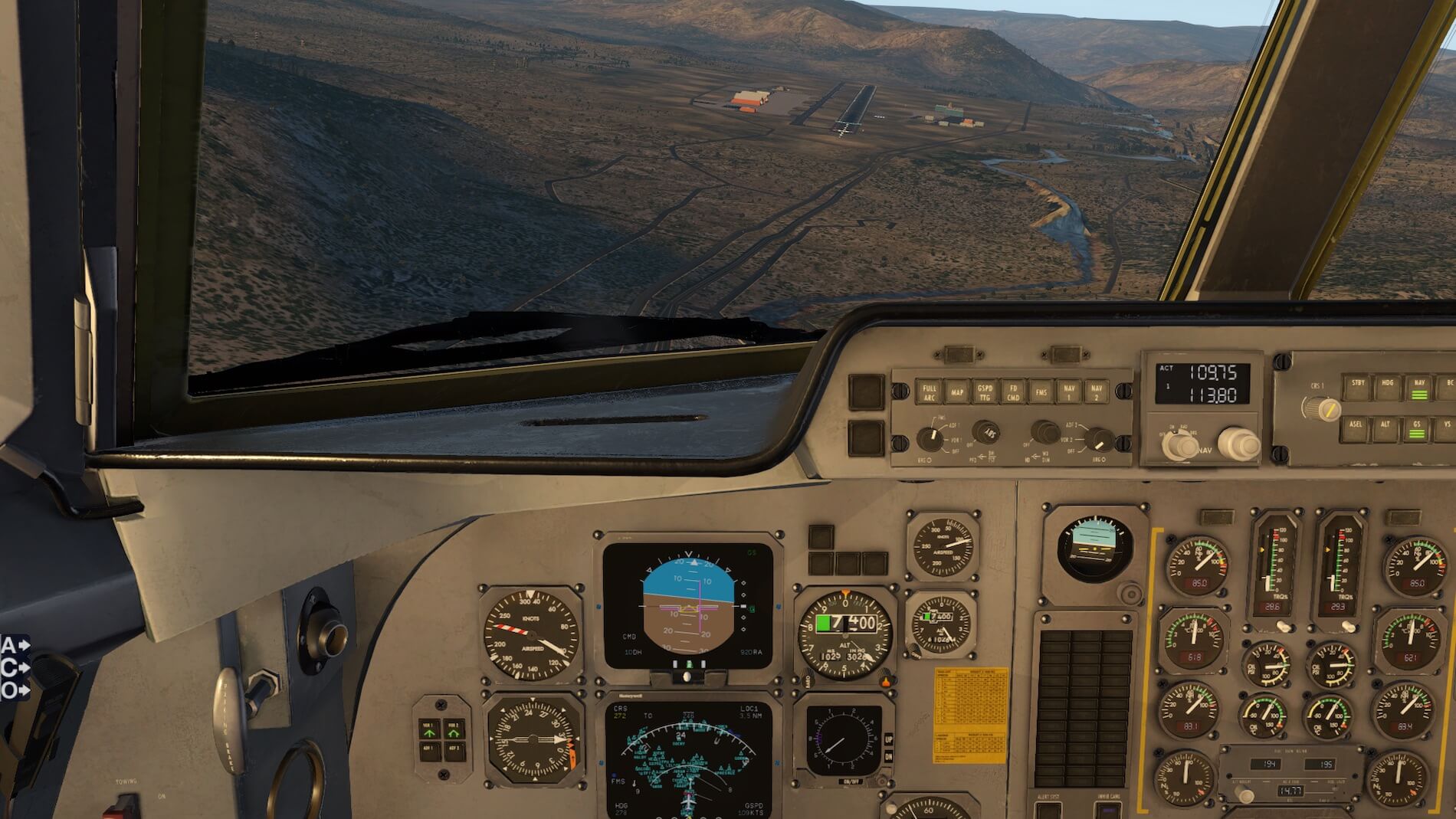



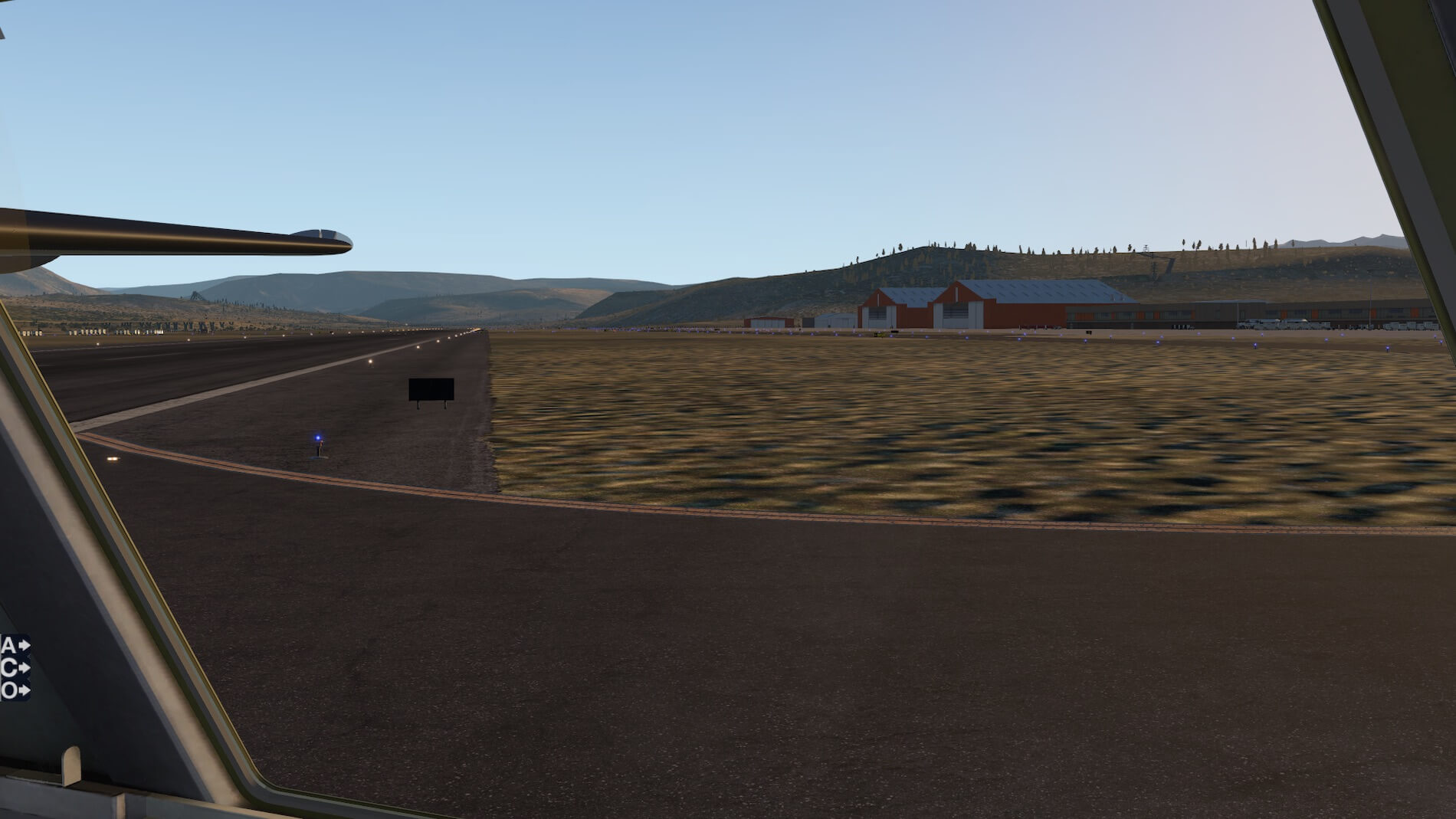




0 Comments